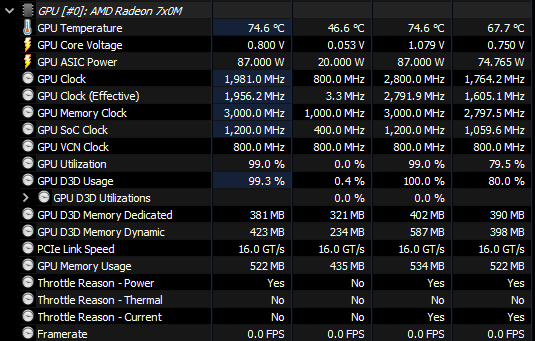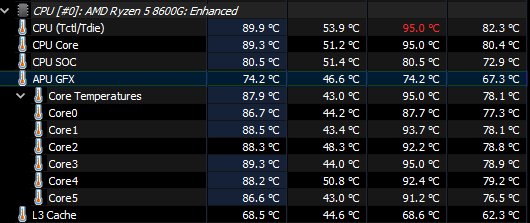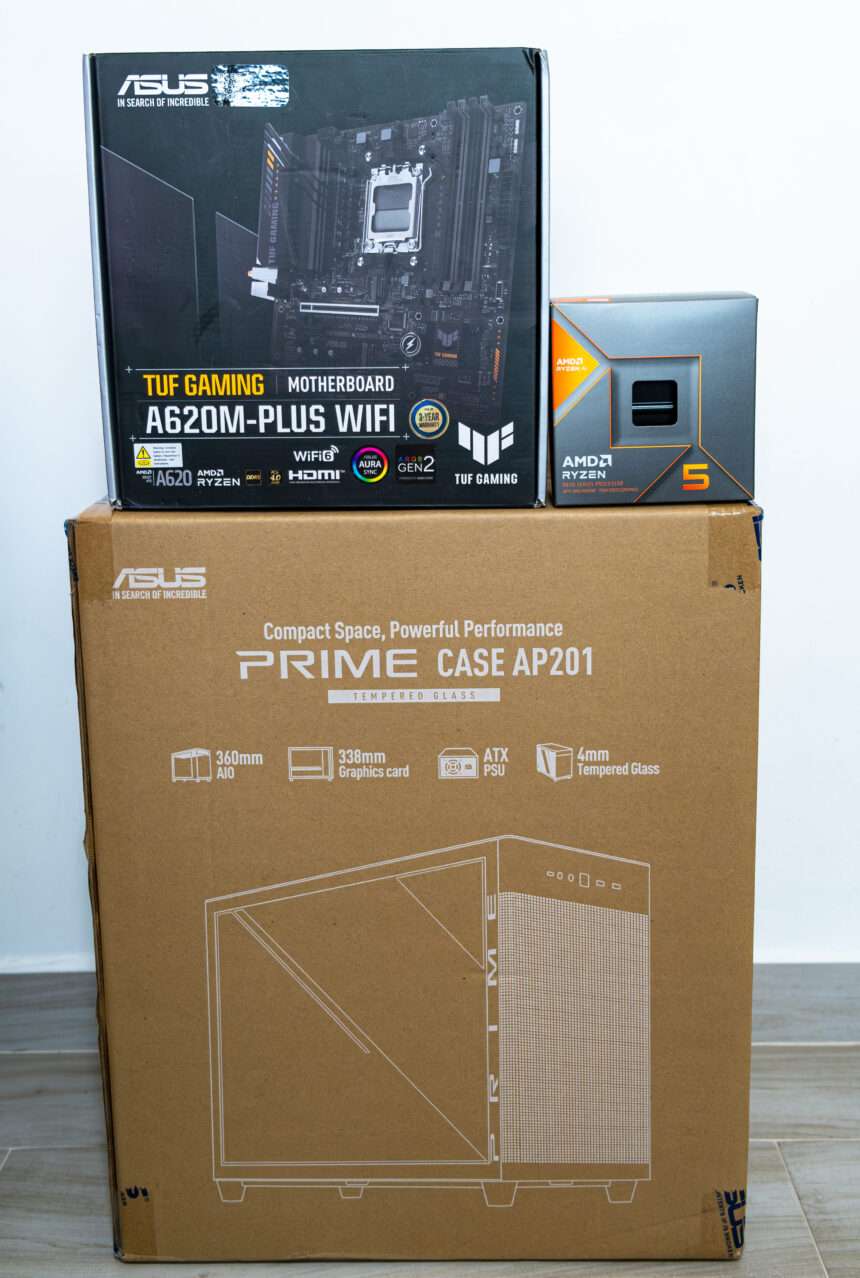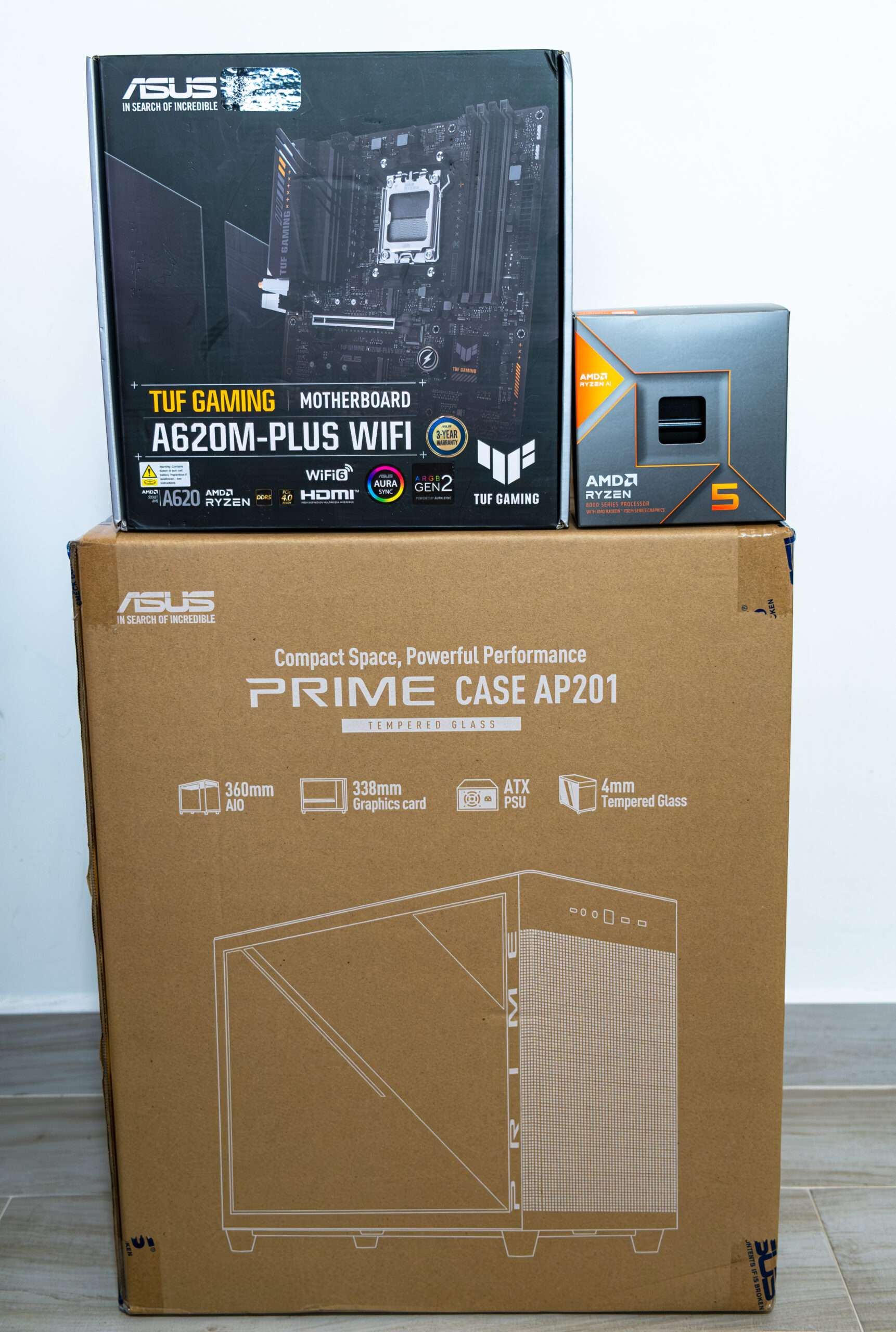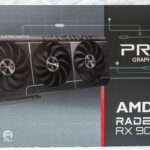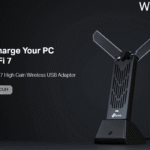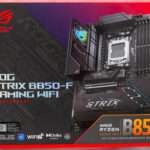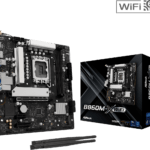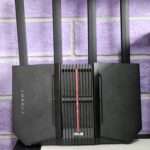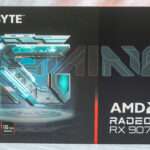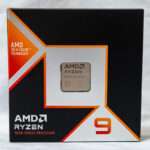ASUS AP201 casing is their latest MATX/ITX case from Prime series. We highly recommend it to anyone looking to build an small size-high-end Small Form Factor PC, whether for gaming or content creation. While it’s not quite as easy to build in as a typical mid-tower, it’s far better than most MATX/ITX cases that aspire to high performance, and at about $100 without window panel and window panel will cost you at $139. It’s a true value.
In this review, we’ll be assembling a gaming system optimized for 1080P gaming. Below, we’ll outline the specifications for this build.
| Budget System | Price | |
| Processor | AMD Ryzen 8600G – 6 Cores/12Threads | $587 |
| GPU | AMD Radeon 760M | |
| Motherboard | ASUS A620M-Plus WIFI | |
| RAM | XPG 32Gb DDR5 6000Mhz | $199 |
| SSD | Lexar NM790 1TB | $129 |
| PSU | Silverstone SX500 Gold | $139 |
| Casing | ASUS Prime AP201 Window | $139 |
| Total | $1,193 | |
The AMD APU 8600G consumes between 45 to 65 watts of power. To reduce costs, you have the option to downgrade the power supply to a 450-watt unit.
The ASUS TUF Gaming A620M-Plus Wi-Fi motherboard stands out as an economical choice, featuring the AMD A620 chipset. It’s tailored for entry-level gaming setups, providing essential functionalities at a budget-friendly price point. The motherboard powered by 8+2+1 power phase design offers a balance of performance and reliability.
The board comes with the following rear I/O ports:
- Processor Support: AMD Ryzen 7000/8000 series (Zen 4) AM5 processors
- Chipset: AMD A620
- Memory: 4x DDR5 slots, max 128GB, up to DDR5 6400+ (OC) support
- Audio: Realtek ALC897 audio codec
- LAN: Realtek RTL8125BG 2.5 Gigabit Ethernet
- WIFI: MediaTek MT7902LEN WIFI 6 module with built-in Bluetooth 5.3
- Expansion Slots: 1x PCIe 4.0 x16, 2x PCIe 3.0 x1
- Storage: 4x SATA III, 2x PCIe 4.0 x4 M.2 (M.2 slots support NVMe drives only)
- Form Factor: Micro ATX
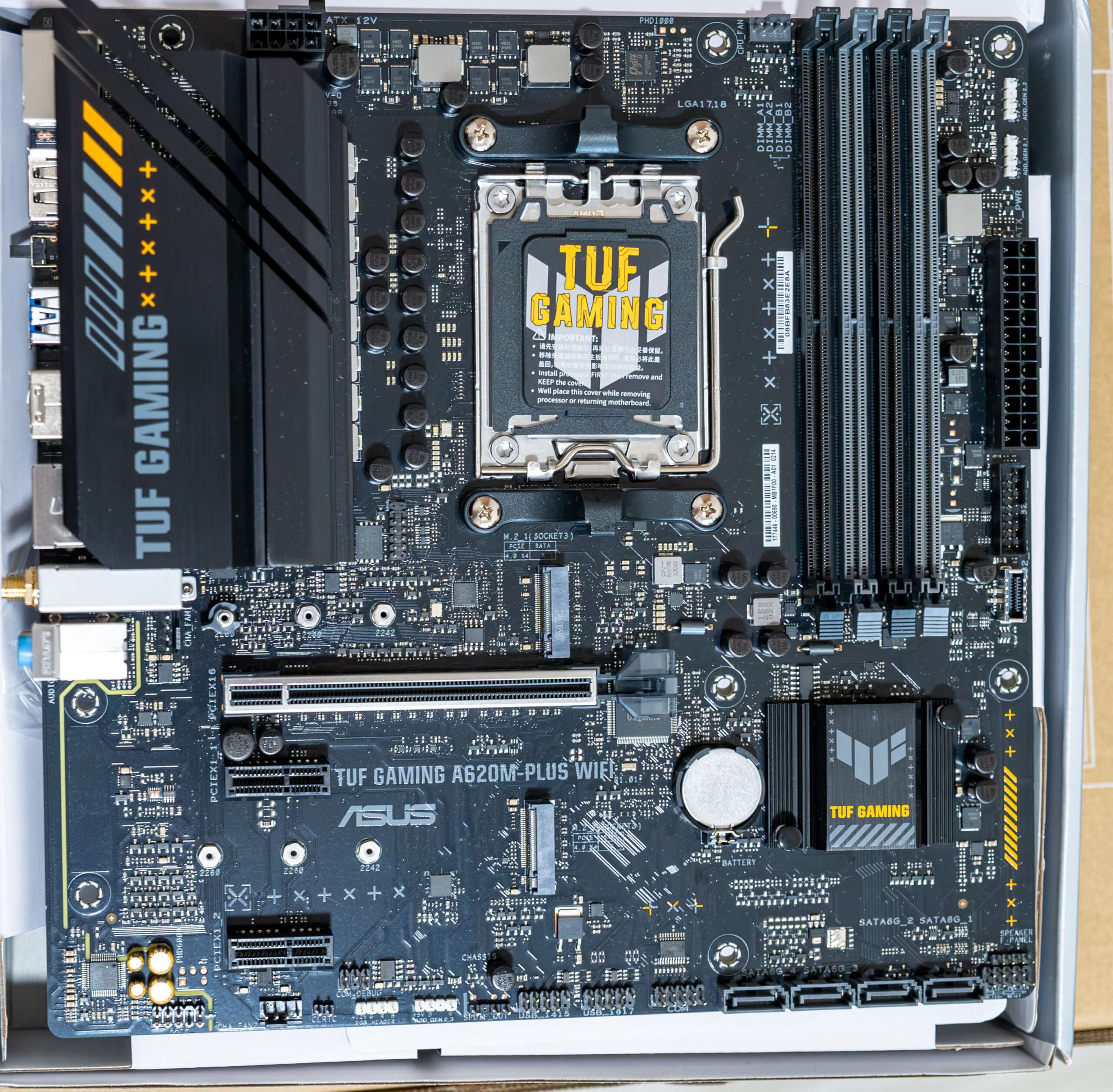
AMD announced new Ryzen 8000G series APUs based on economical Phoenix cores – exactly a year after presentation of mobile solutions Ryzen 7×40 Mobile at CES 2023. Interestingly, it was the APUs that became the first solutions with the numerical name 8000 for the AM5 platform. Although, despite the name, these processors are simply mobile chips based on Zen 4 and RDNA 3 cores, adapted for desktop systems – the company proposed a mobile architecture with adjusted parameters in the form of clock speed and power consumption levels.

AMD claims that the graphics integrated into the older APU have sufficient performance to play almost any computer game at a resolution no higher than Full HD, albeit with reduced graphics quality settings. The new processors do not claim to be a complete replacement for discrete video cards, but are capable of providing fairly high performance for integrated graphics in desktop PCs. At the time of writing, this is truly the most powerful graphics core integrated into the processor, there is no doubt about it. But at the same time, a top-end APU is quite expensive, and will it be able to compete with systems based on inexpensive CPUs and discrete video cards? This is the main question of today’s material, which we will try to answer.Ryzen 8000G Series: Heterogeneous Zen 4 Cores with Powerful Graphics
Ryzen 8000G Series: Heterogeneous Zen 4 Cores with Powerful Graphics
Hybrid processors of the Ryzen 8000G series use monolithic Phoenix dies, already familiar to us from mobile devices – we saw them in the Ryzen Mobile 7000/8000 series. AMD has sort of divided the Ryzen 8000G series into two tiers: the first (high-performance) consists of the eight-core Ryzen 7 8700G and the six-core Ryzen 5 8600G, which are based exclusively on full-featured Zen 4 cores, while the low-cost tier also consists of a couple of models (Ryzen 5 8500G and Ryzen 3 8300G) and differs from the older one in the combination of regular Zen 4 cores with slower but more efficient Zen 4c cores, and we’ll talk about this later.
The new APU series combines the core features of the Ryzen 7000 series for desktop PCs with the distinctive features of the mobile solutions of the Ryzen 8000 series. All models in the Ryzen 8000G series have a typical power consumption level of 65 W, which is higher than their mobile counterparts and provides some power reserve for them, useful for desktop PCs as it allows you to support higher clock speeds, especially for the graphics core. Like their Ryzen 5000G series predecessors, the new APUs provide some of the benefits of both mobile devices and processor architectures designed for powerful desktop PCs.
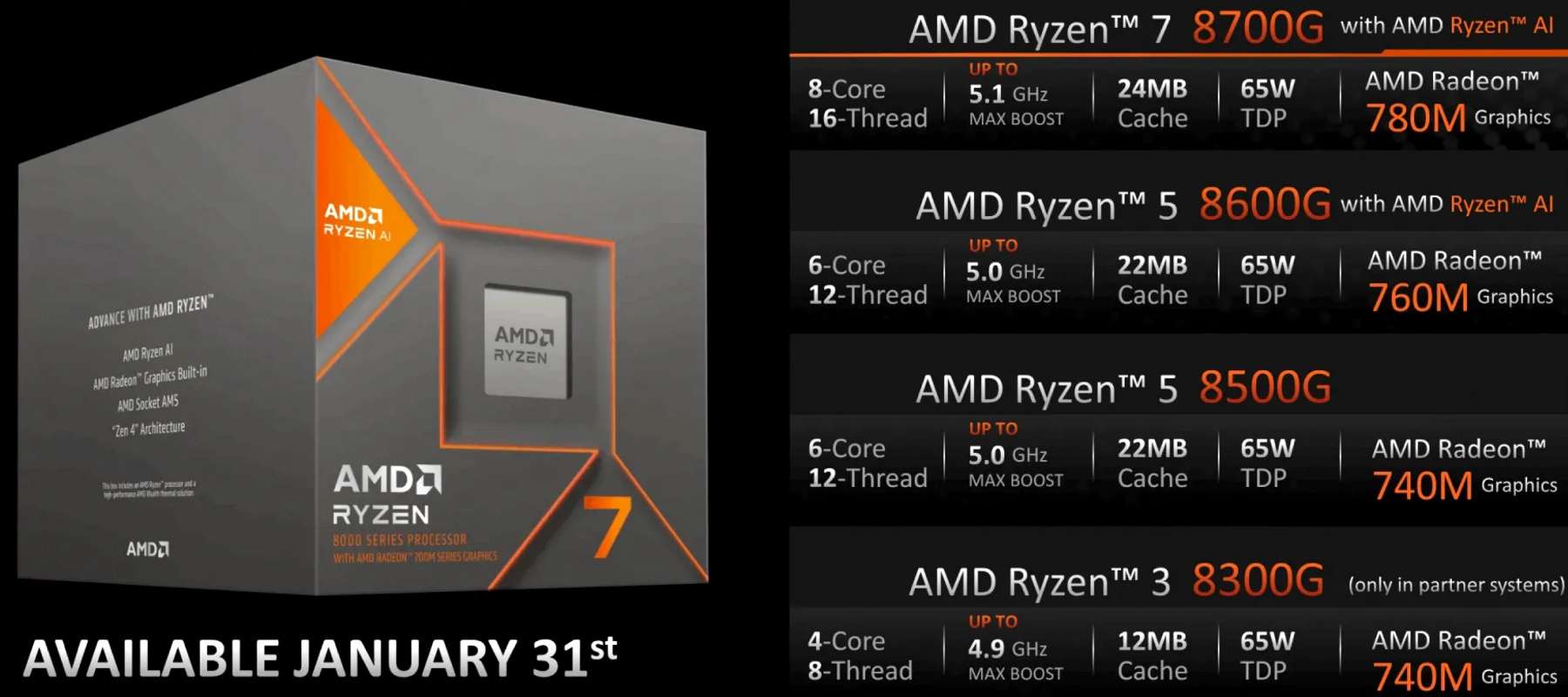
At the top of the family is the Ryzen 7 8700G, an eight-core APU based on Zen 4 cores that supports 16 simultaneous threads thanks to SMT multi-threading technology. The processor supports hardware virtualization, as well as AVX, AVX2 and AVX-512 instruction sets, which fully matches the capabilities of the Ryzen 7000 series desktop processors, expanding APU software compatibility, increasing performance and increasing efficiency.
The flagship runs at a base frequency of 4.2 GHz and accelerates to a turbo frequency of 5.1 GHz, which is slightly higher than the previous generation Ryzen 7 5700G based on Zen 3 cores. The top APU includes a Radeon 780M graphics core based on the architecture RDNA 3 with improved software and hardware capabilities: Hyper-RX and Fluid Motion Frames, which we have already mentioned. The Radeon 780M features 12 compute units (CUs) containing 768 shader units with 1,536 thread cores clocked at up to 2.9 GHz.
The NPU is focused not on high computing performance, but on energy efficiency, and it is much better suited for laptops and low-cost desktop PCs, because in systems with discrete graphics, it is the GPU that offers much higher performance in AI computing. The AI acceleration engine in the Ryzen 7 8700G and Ryzen 5 8600G runs at 1.6 GHz, which is higher than the Ryzen 7040 mobile series, but provides about the same performance (about 16 TOPS for INT8) as the mobile chips. In general, according to AMD, the total combined performance of the CPU, GPU and NPU in such tasks is 39 TOPS.
Ryzen 5 8600G – is located lower and has only six Zen 4 cores, but still full-fledged. They operate at a base frequency of 4.3 GHz with a maximum turbo frequency of 5.0 GHz. This APU has integrated Radeon 760M graphics with 8 CUs and 512 shader units (1024 ALUs) clocked at up to 2.8 GHz. But if the Radeon 780M in the 8700G has 12 CUs, then the Radeon 760M in the 8600G has only 8 CUs – there is a fairly large gap in peak performance between a pair of neighboring APUs, but since memory bandwidth is its main limiter, it is quite possible that the difference in practice will not be one and a half times.
| Cores, pcs. | Base frequency, MHz | Turbo frequency, MHz | GPU | GPU frequency, MHz | NPU | L3 cache, MB | Consumption, W | Price, USD$ | |
|---|---|---|---|---|---|---|---|---|---|
| Ryzen 7 8700G | 8 Zen 4 | 4200 | 5100 | 780M (12CU) |
2900 | + | 16 | 65 | 329 |
| Ryzen 5 8600G | 6 Zen 4 | 4300 | 5000 | 760M (8CU) |
2800 | + | 16 | 65 | 229 |
| Ryzen 5 8500G | 2 Zen 4 4 Zen 4c |
3500 | 5000 3700 |
740M (4CU) | 2800 | – | 16 | 65 | 179 |
| Ryzen 3 8300G | 1 Zen 4 3 Zen 4c |
3400 | 4900 3600 |
740M (4CU) |
2600 | – | 8 | 65 | OEM |
Our APU 8600G chips are manufactured using a 4 nm process technology; this is a monolithic chip with 25.4 billion transistors and an area of 178 mm², and in this way it differs significantly from the usual Ryzen 7000 desktop processors, based on a combination of 5 nm computing dies and 6nm I/O dies. Phoenix dies are manufactured at the factories of the Taiwanese company TSMC, and not at AMD’s own facilities.
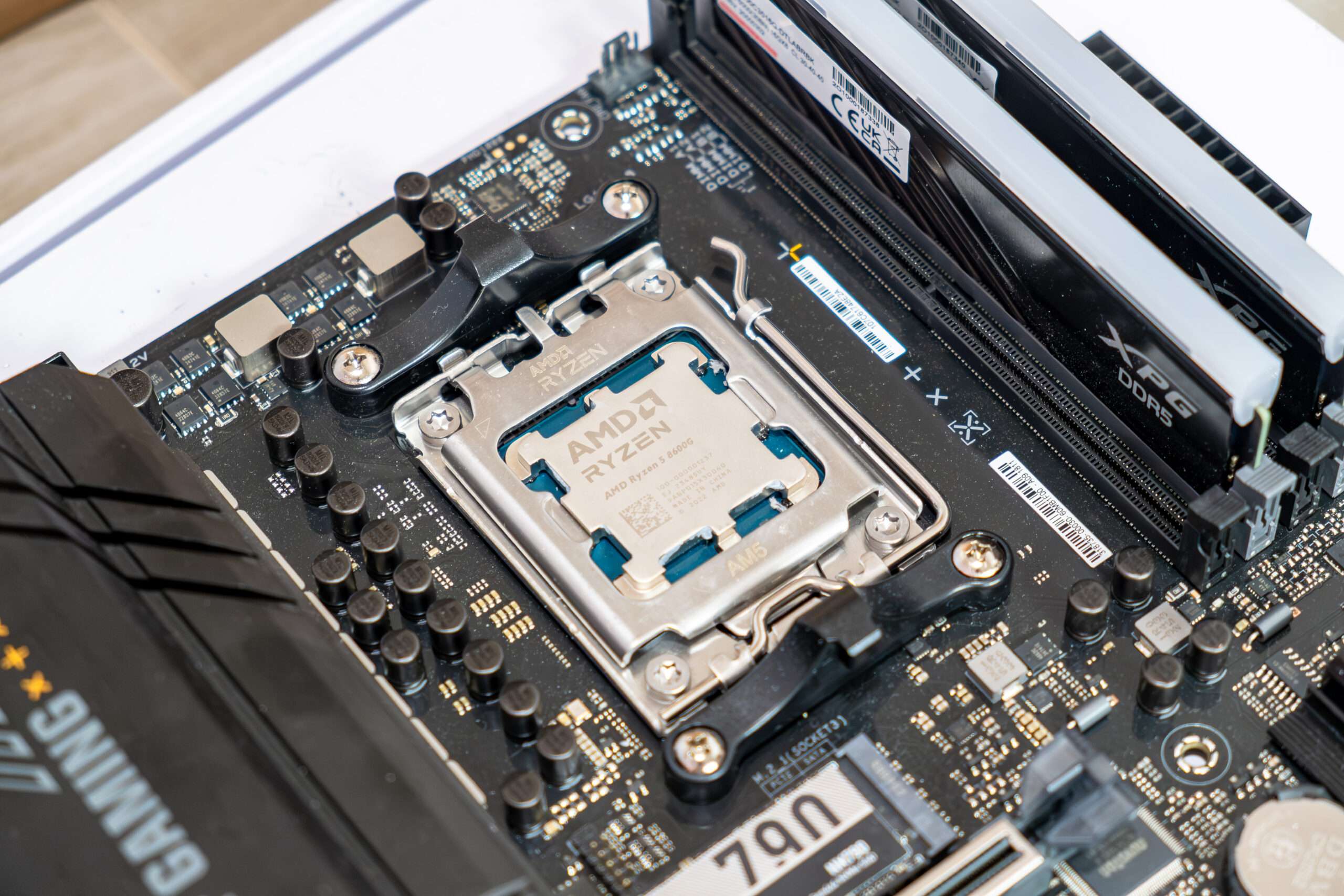
The AMD Ryzen 5 8600G bundle with Wraith Stealth Cooler [65W TDP]. We would recommend upgrade to a better cooler to help maintain peak performance of your processor. By investing in a better cooler, you can ensure that your CPU operates at optimal temperatures, which is essential for sustained performance.
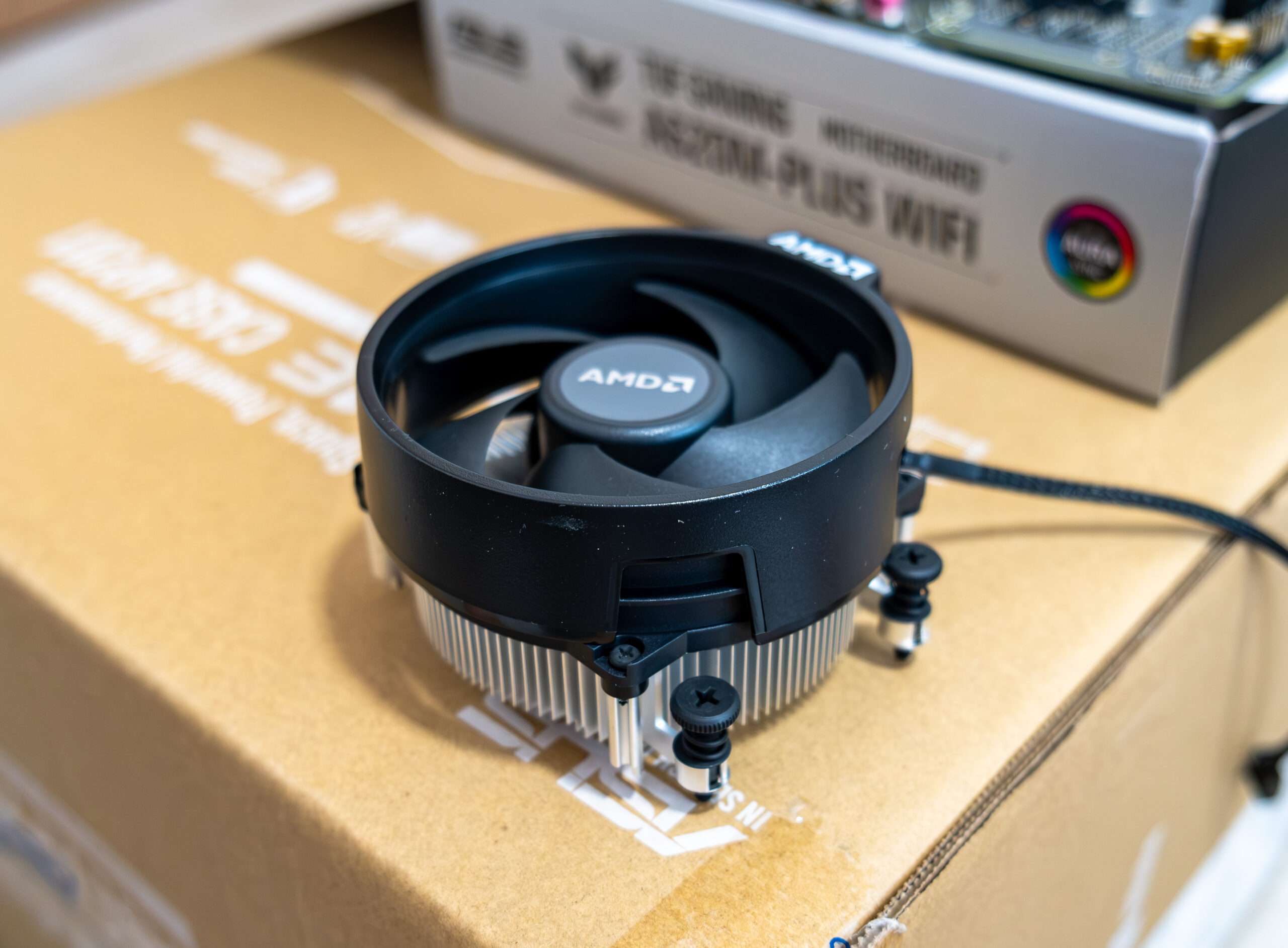
The AP201 is different from standard Micro-ATX PC cases in the fact that it offers not only a broad range of compatibility but also an incredibly modular design. The modular design of the AP201 is made possible with the four panels of the case that can easily be removed, allowing for easier PC building.
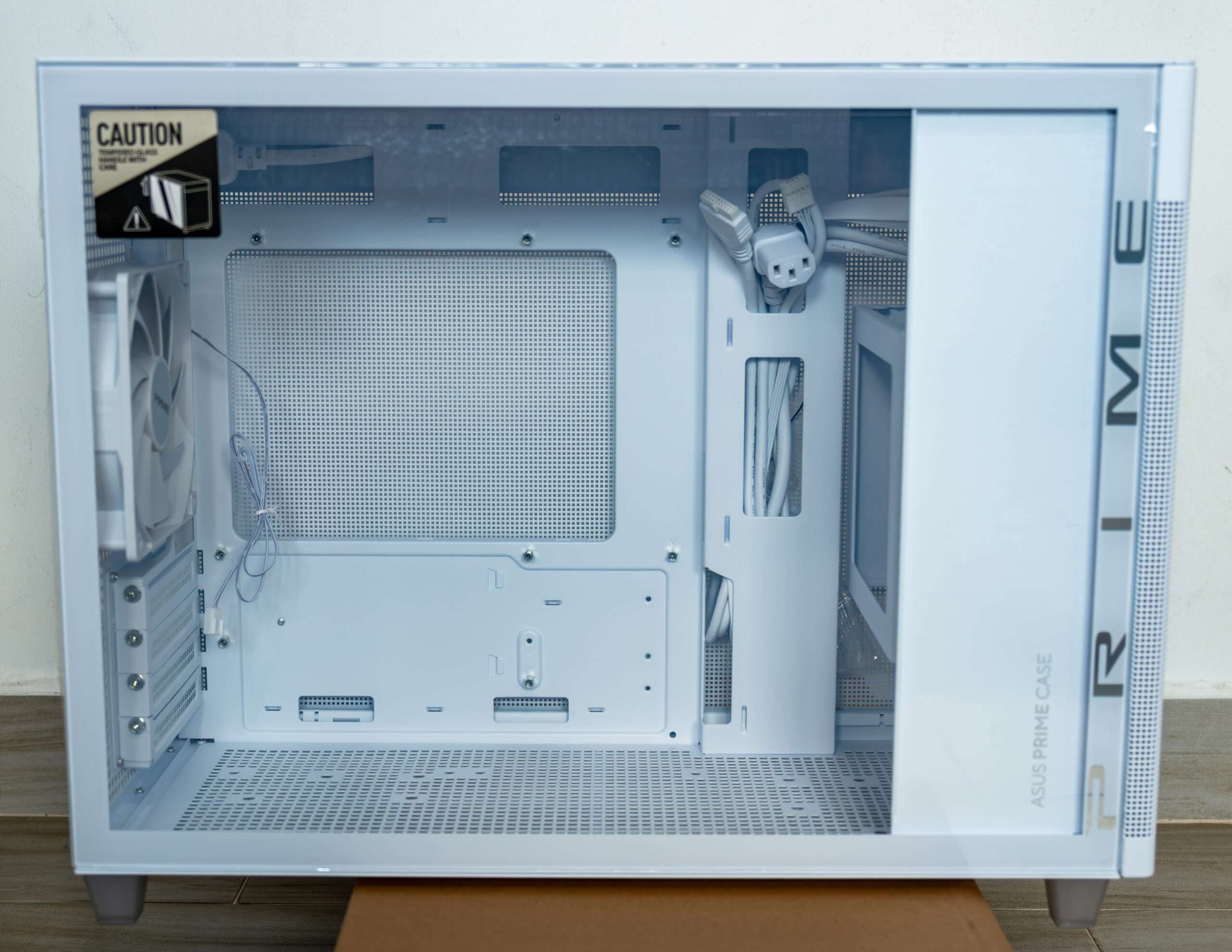
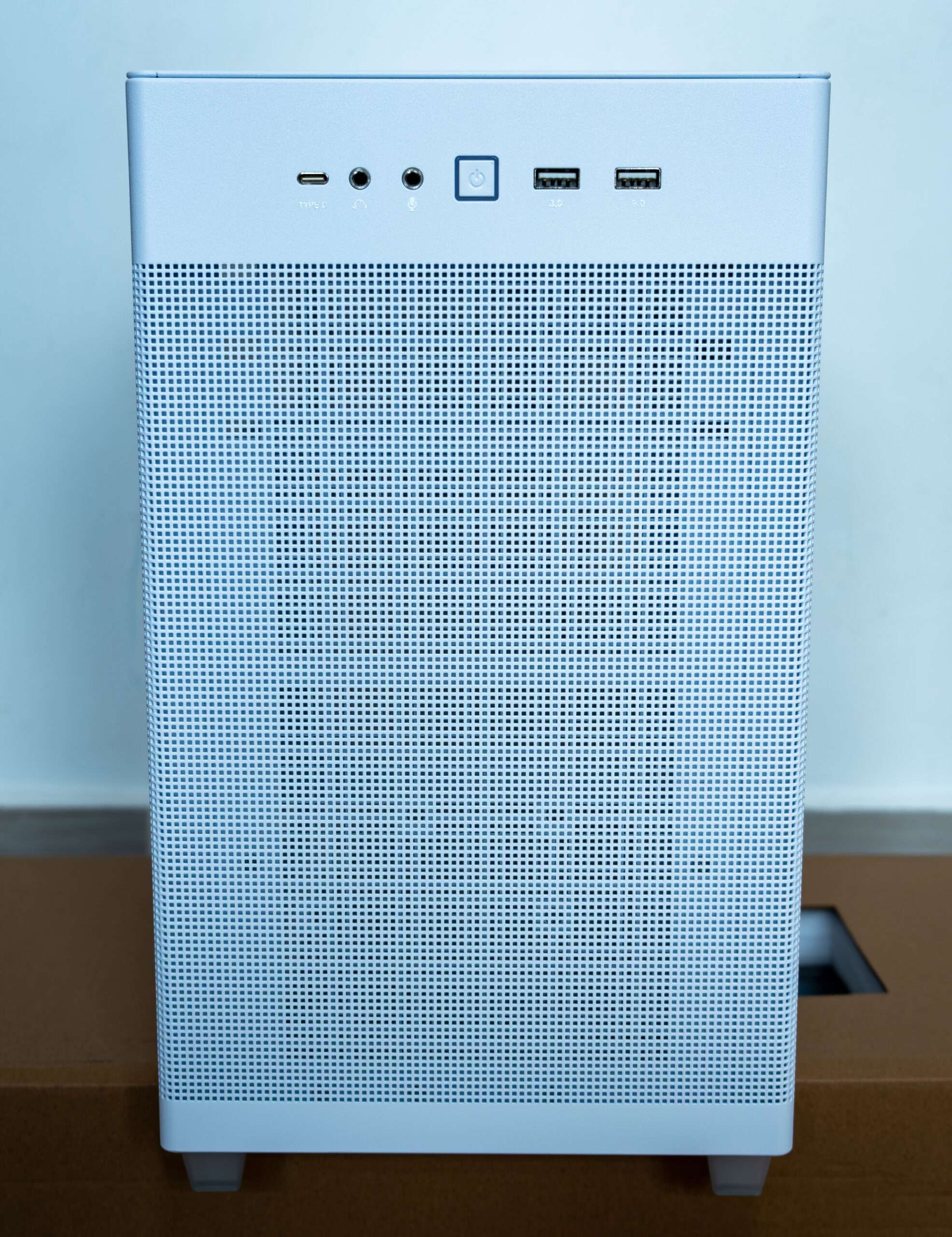
The Front I/O Panel: USB 3.2 Gen 2 Type-C, 2x 3.5mm Headset Jack (Audio+Mic) 2x USB 3.2 Gen 1 Type-A, and Power button at the centre of the I/O.
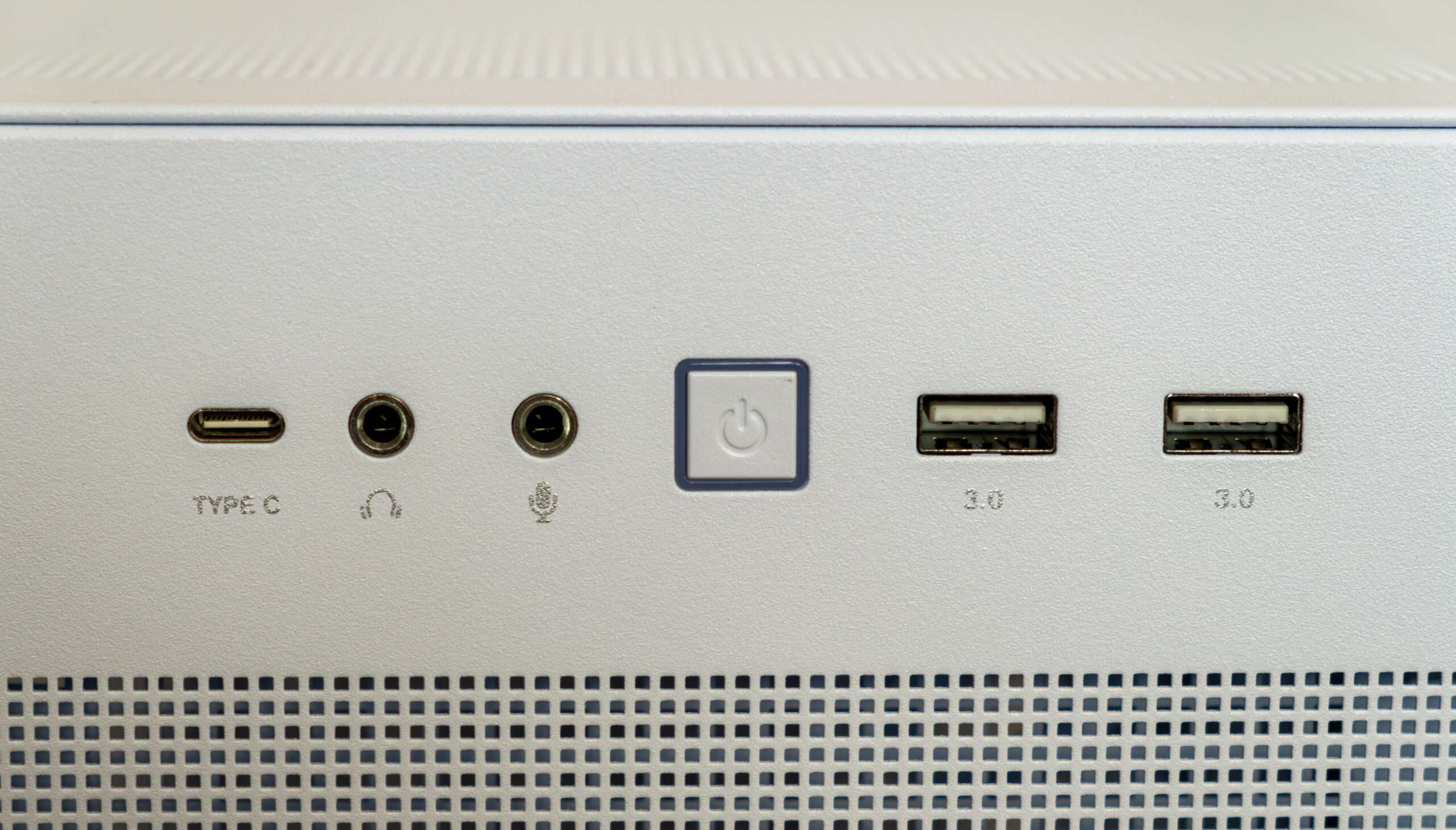
The mesh design comprised of over 57,000 precision-machined 1.5mm holes increases airflow and provides a compelling view of the components within your build.

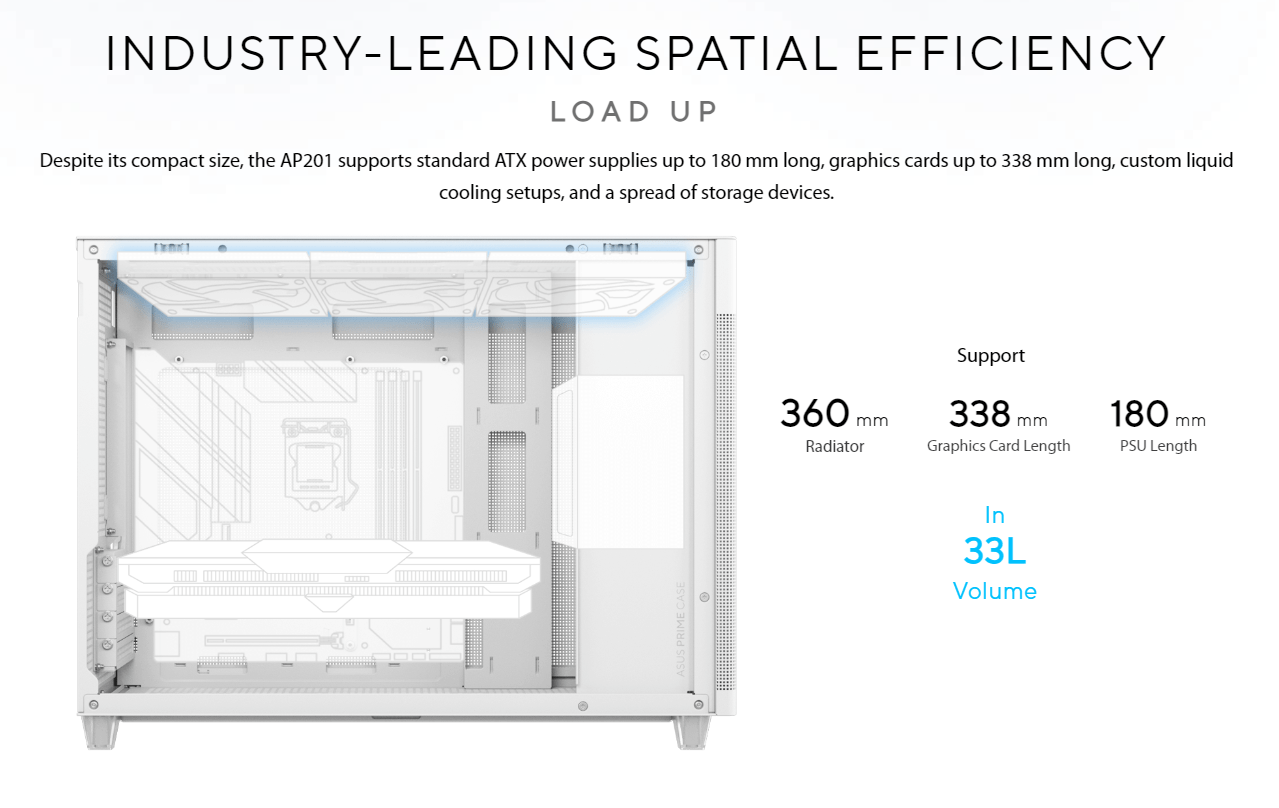
The power supply support only standard size ATX, but for this review, we will be utilizing an SFX power supply with an adapter bracket.
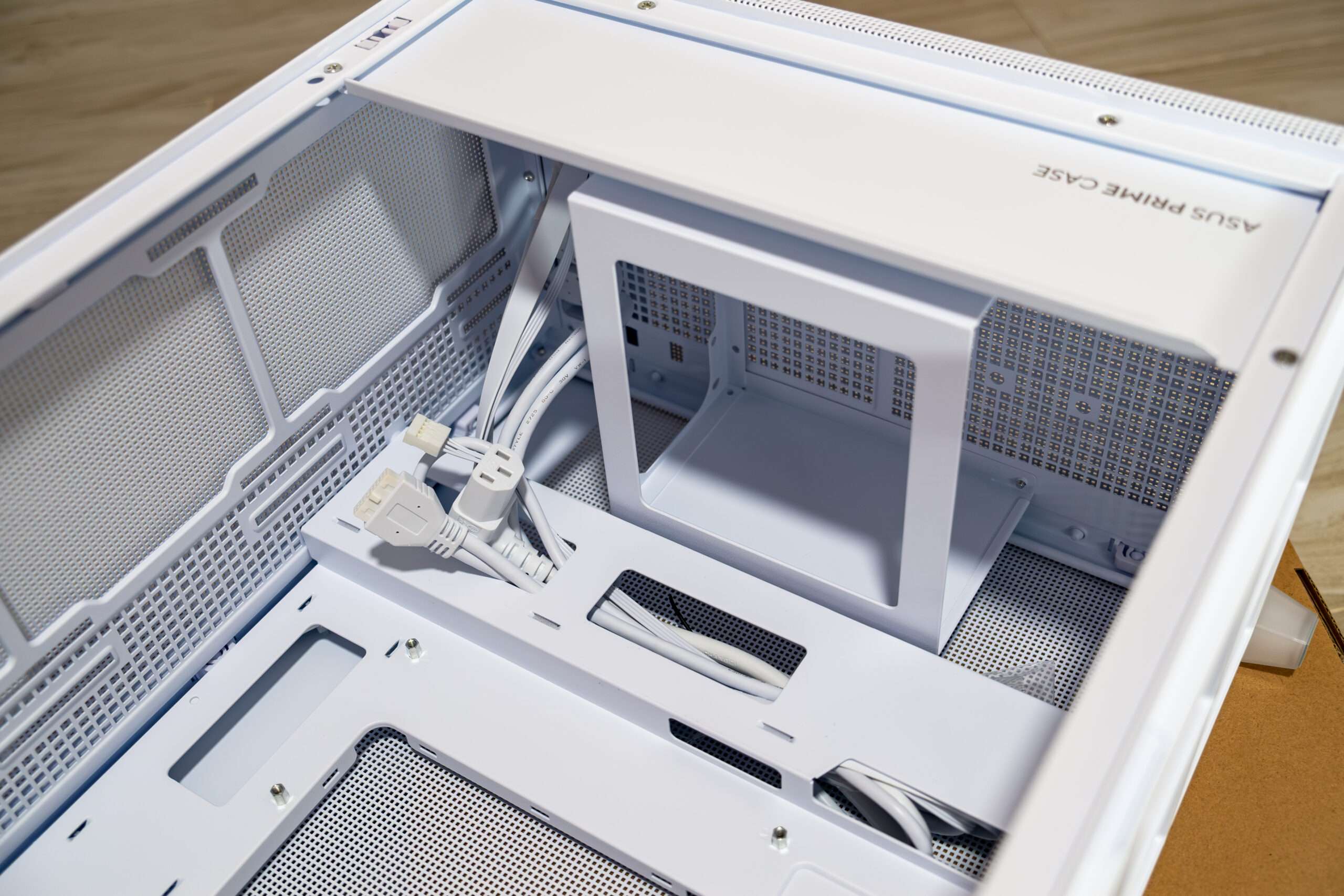
To install the power supply, you’ll need to remove the front panel and two screws. You can then adjust the mounting for the power supply to three different heights as needed.
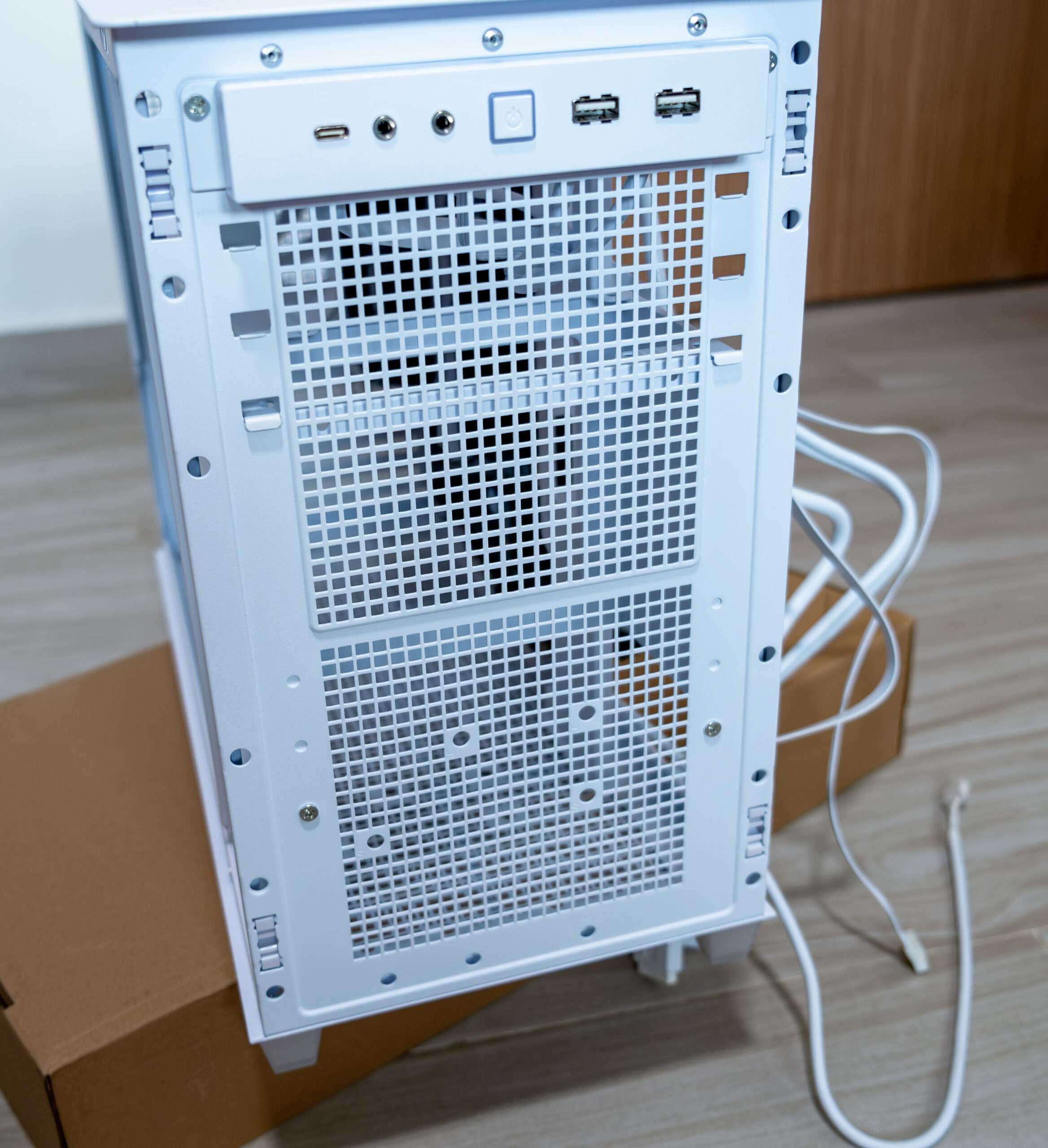
There’s a 32mm space at the back of the casing designed for discreet cable management, along with provisions for installing a single 2.5-inch SSD/HDD drive.
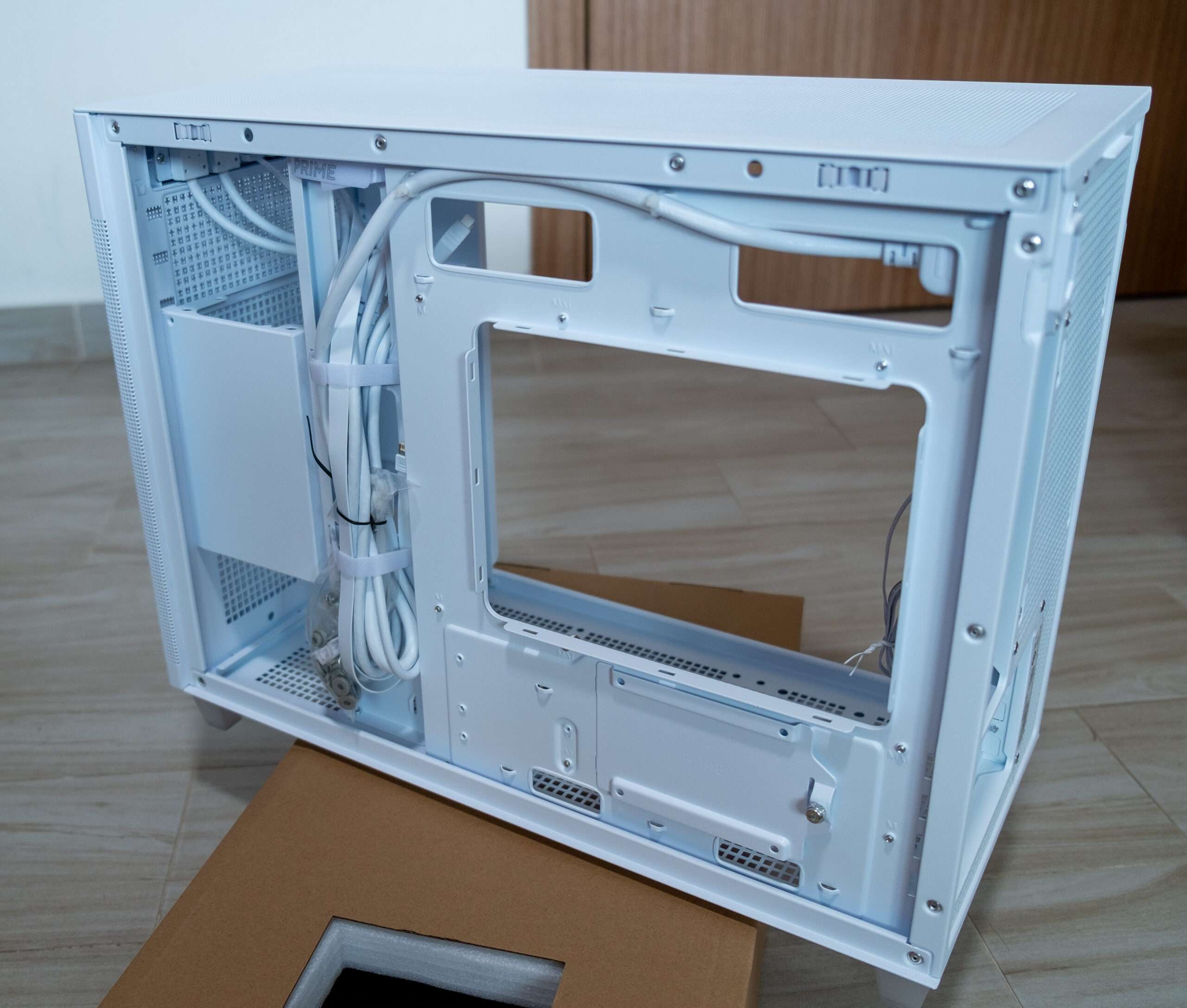
The stand-off screw comes pre-installed, making it easy for you to install the motherboard into the casing without any hassle.
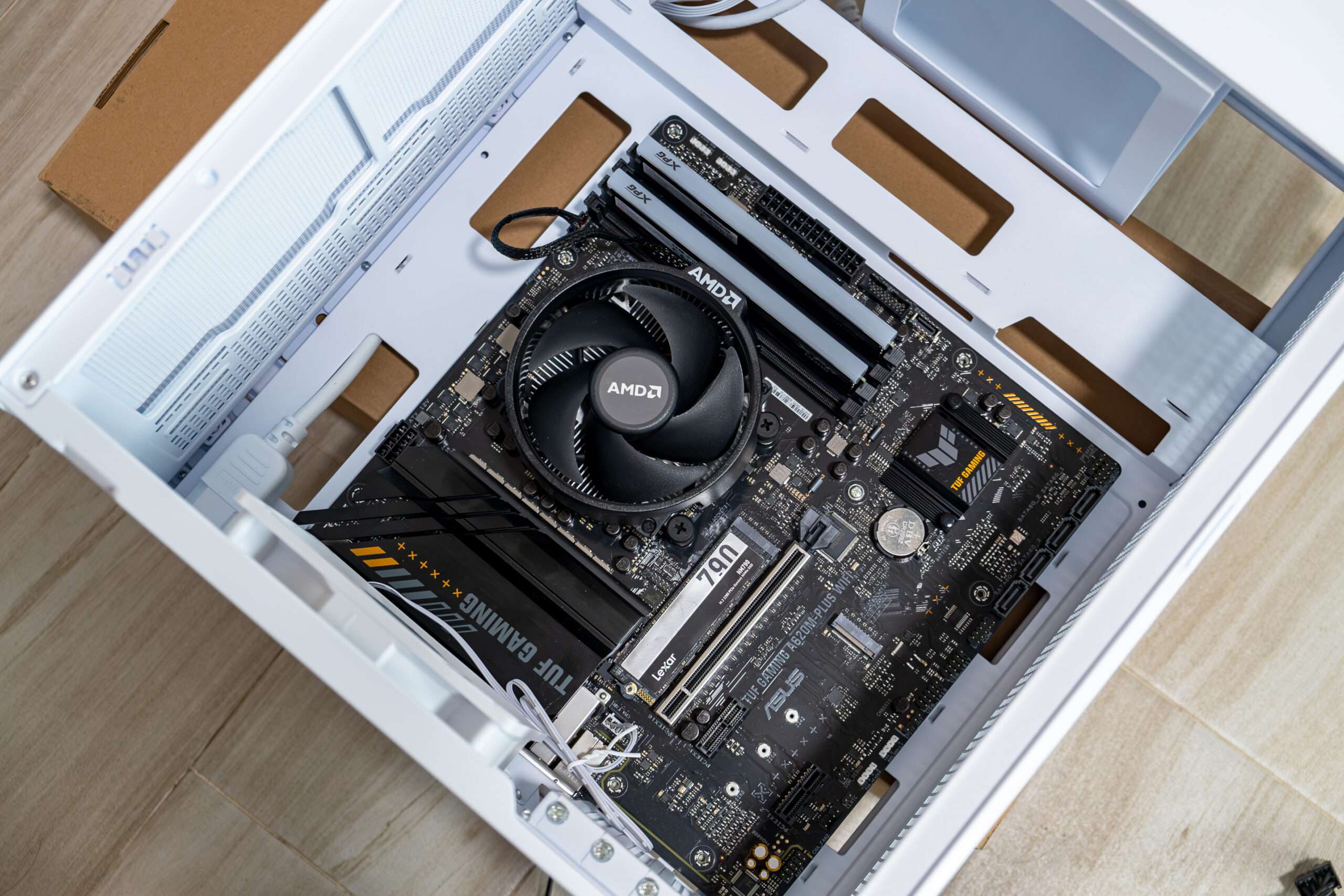
After installing all the cables, the setup looks very clean and tidy.

The design of the AP201 is incredibly simple when compared to other cases on the market. The main feature of this case isn’t the overall design, but is instead the ability to fit a four-slot & full-length graphics card on the left side.

For air cooling, this case offers support for up to 5 fans that are 3 x 120 mm or 2 x 140mm in size top, rear 1x 120mm fans. Bundle with 120mm fan would be placed in the back would act as an exhaust drawing the hot air away from the CPU. This case features support for up to a 360 mm radiator on the top.
140 mm
240 mm
280 mm
360 mm
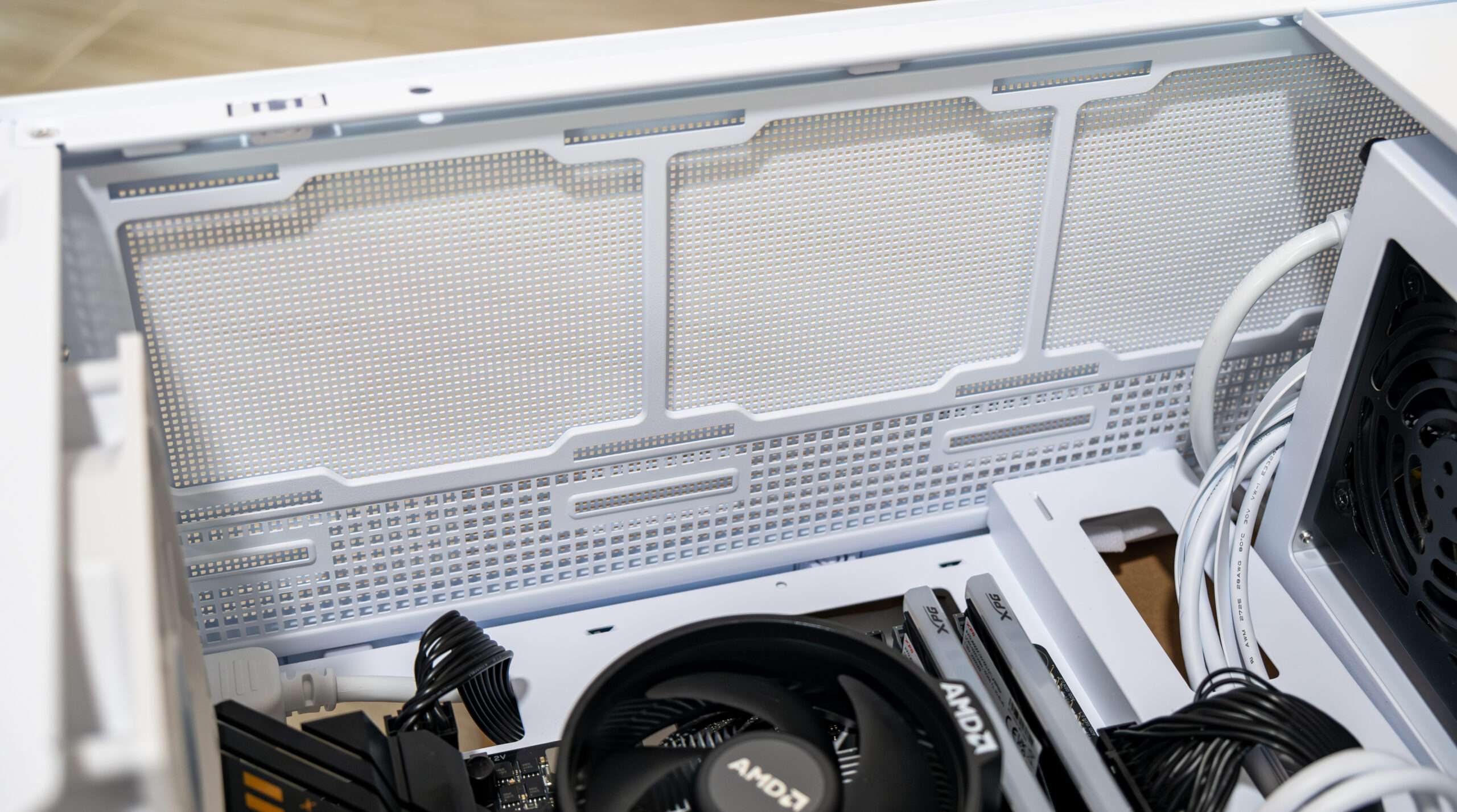
We’ve utilized this casing setup for many gaming systems, and you can view some of the photos below to see the results.
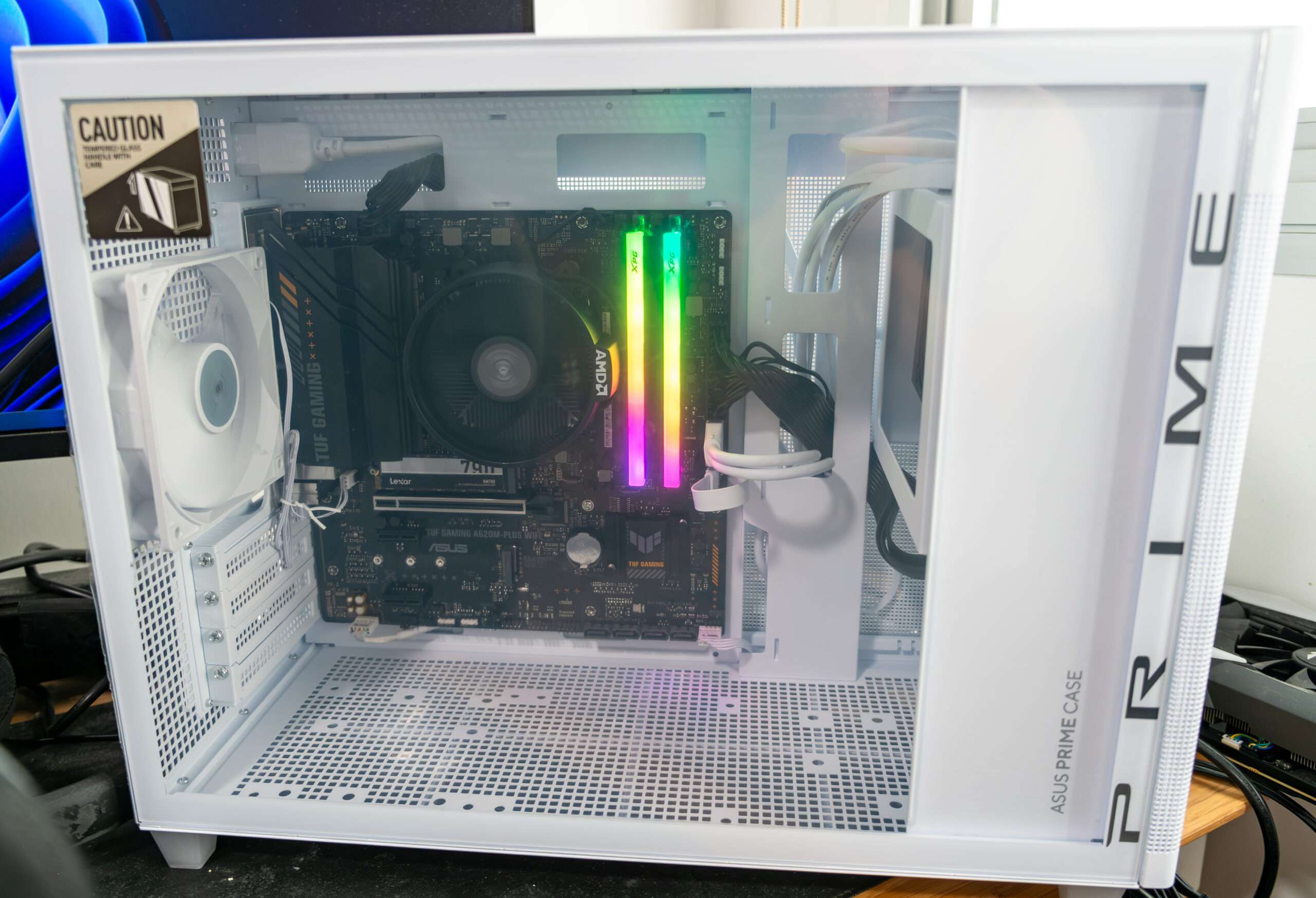
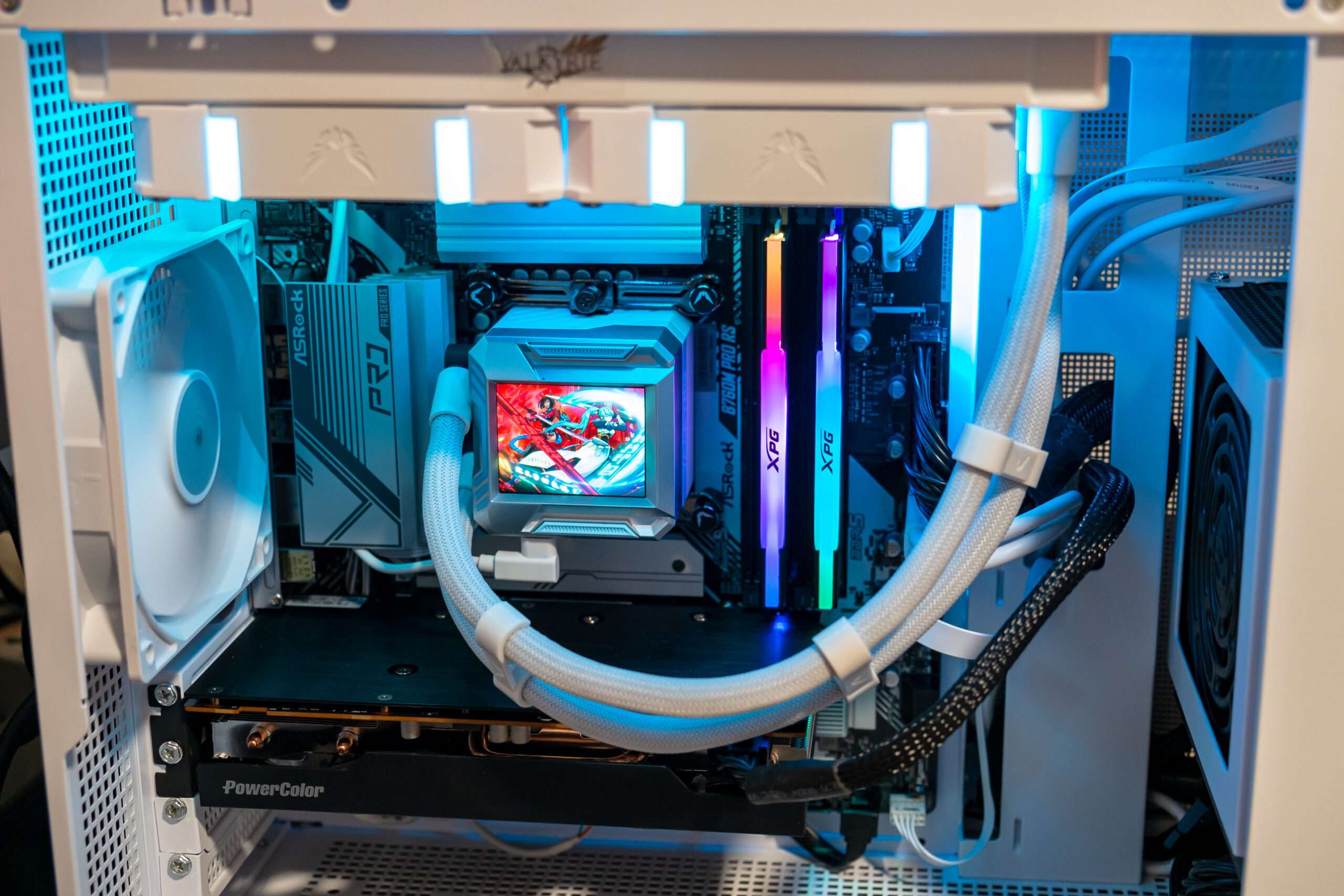
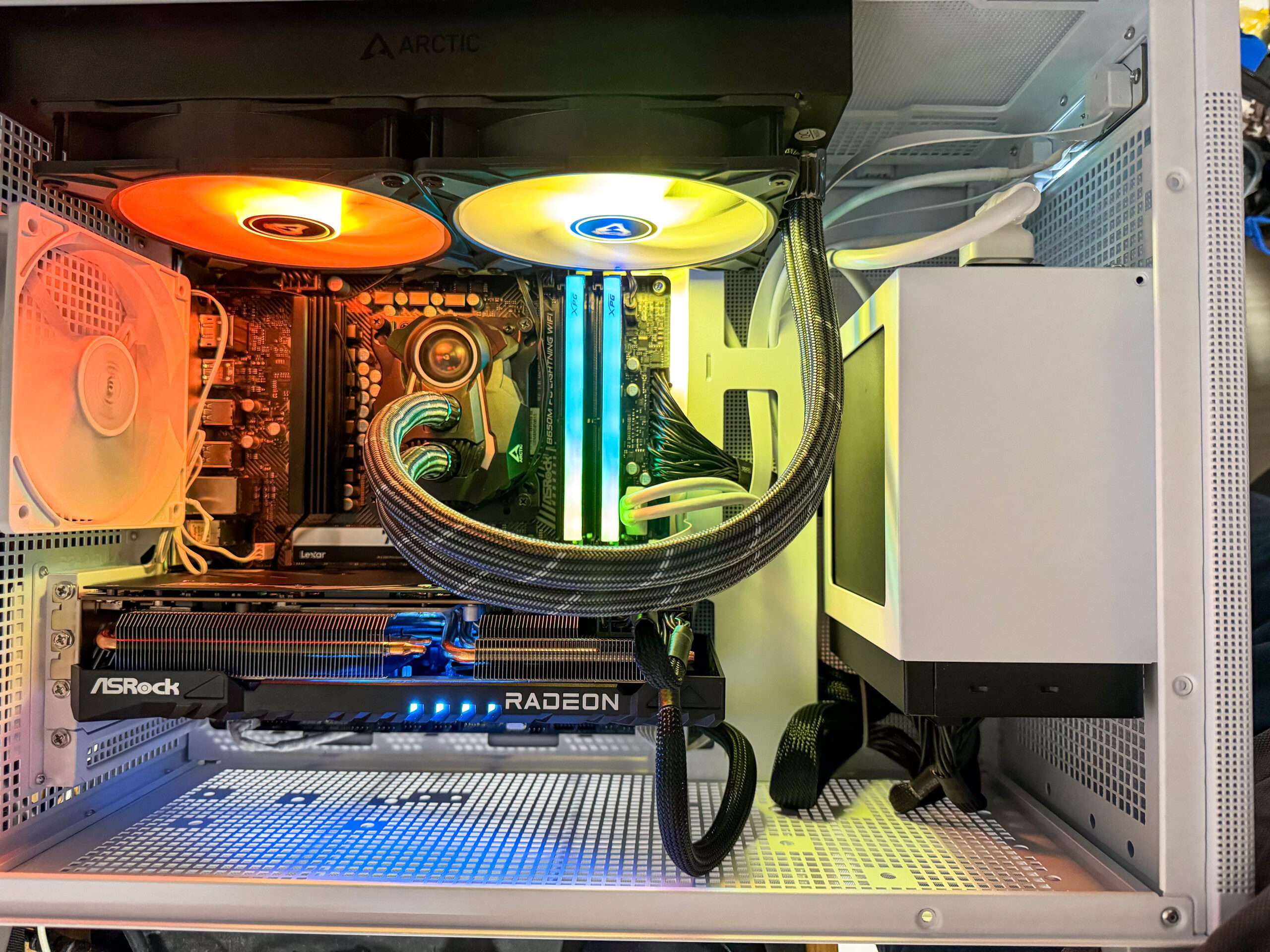
How We Test our budget gaming system?
Our budget system, based on a ASUS TUF Gaming A620M- Plus WiFi motherboard and AMD Ryzen 5 8600G 6 cores 12 threads processor. The ram we will be using XPG DDR5 6000Mhz memory kit. Lexar NM790 PCIe 4.0 1TB SSD is used as well to run with benchmark.
| Budget System | |
| Processor | AMD Ryzen 8600G – 6 Cores/12Threads |
| GPU | AMD Radeon 760M |
| Motherboard | ASUS A620M-Plus WIFI |
| RAM | XPG 32Gb DDR5 6000Mhz |
| SSD | Lexar NM790 1TB |
| PSU | Silverstone SX500 Gold |
| Casing | ASUS Prime AP201 Window |
HWiNFO 64
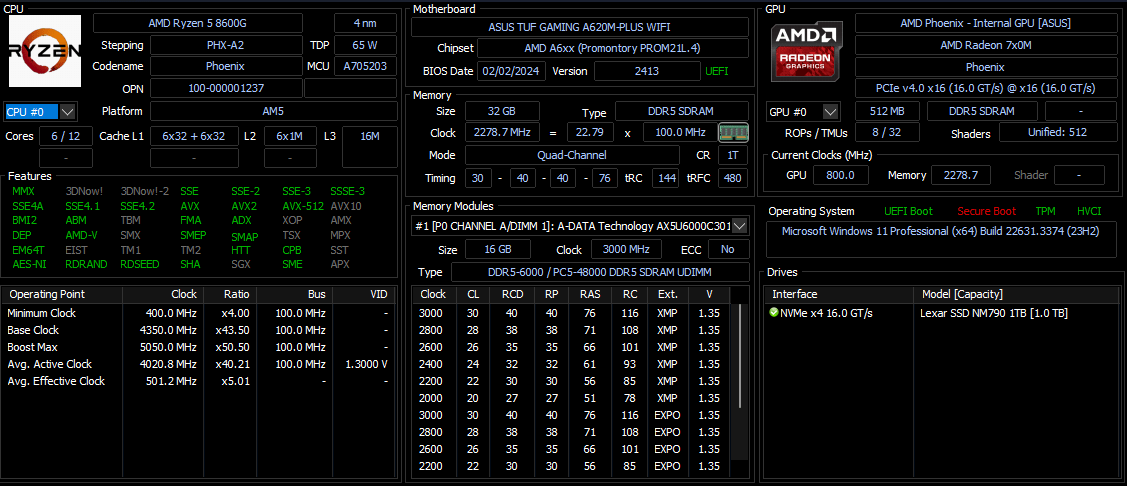
CPUZ
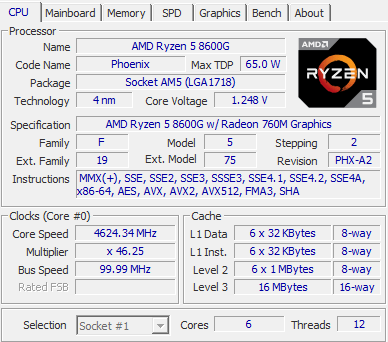
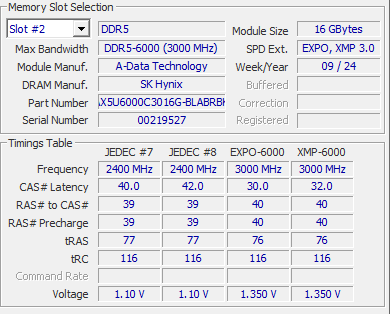
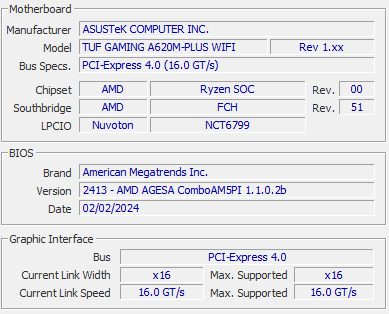
GPUZ
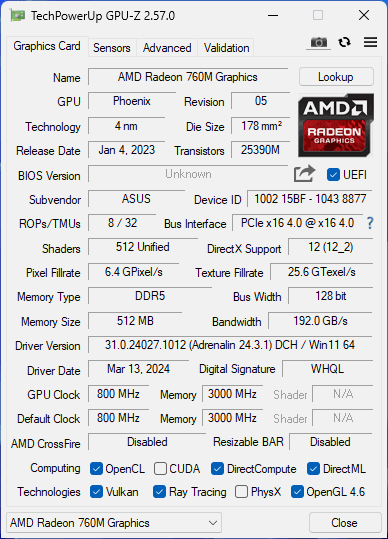
Cinebench 2024 & R23
Improvements to Cinebench Release 20 reflect the overall advancements to CPU and rendering technology in recent years, providing a more accurate measurement of Cinema 4D‘s ability to take advantage of multiple CPU cores and modern processor features available to the average user
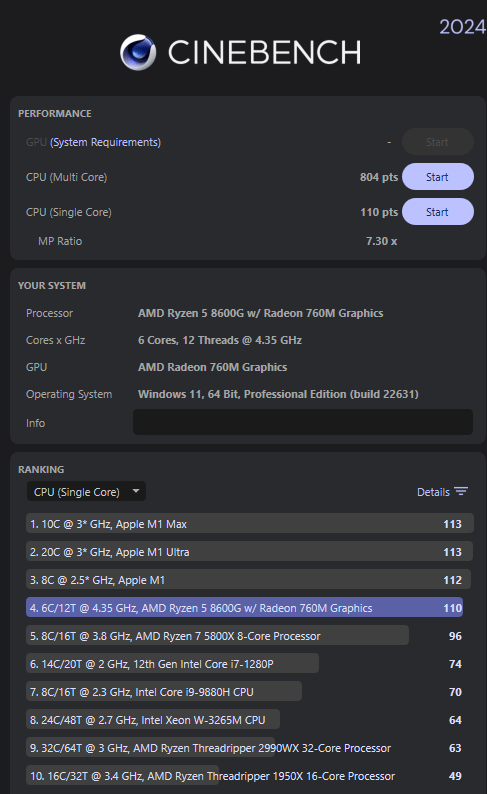
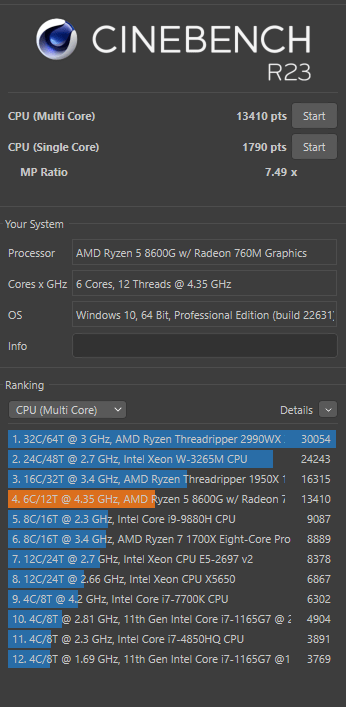
PCMark 10
PCMark 10 features a comprehensive set of tests that cover the wide variety of tasks performed in the modern workplace. With a range of performance tests, custom run options, Battery Life Profile, and new Storage benchmarks, PCMark 10 is the complete PC benchmark for the modern office.
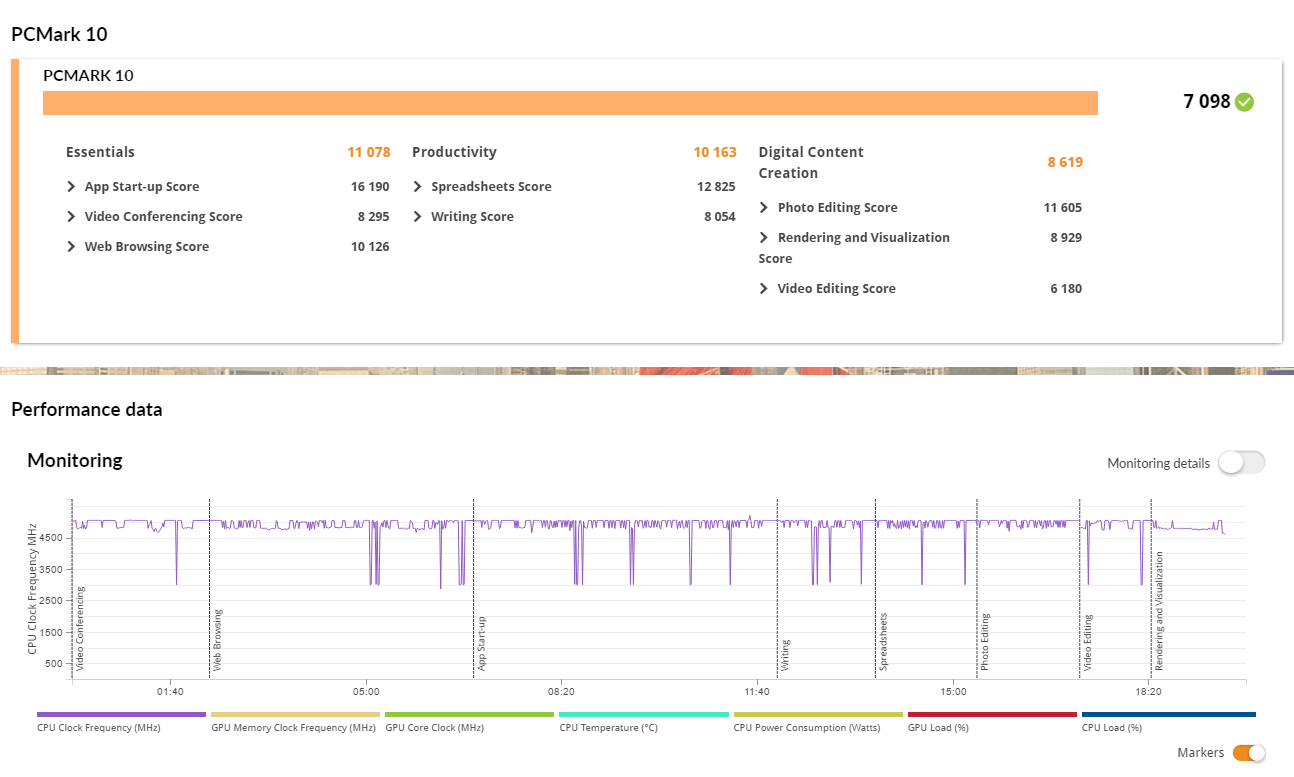
3Dmark Advanced Edition
3DMark includes everything you need to benchmark your PC and mobile devices in one app. Whether you’re gaming on a smartphone, tablet, notebook, or a desktop gaming PC, 3DMark includes a benchmark designed specifically for your hardware.
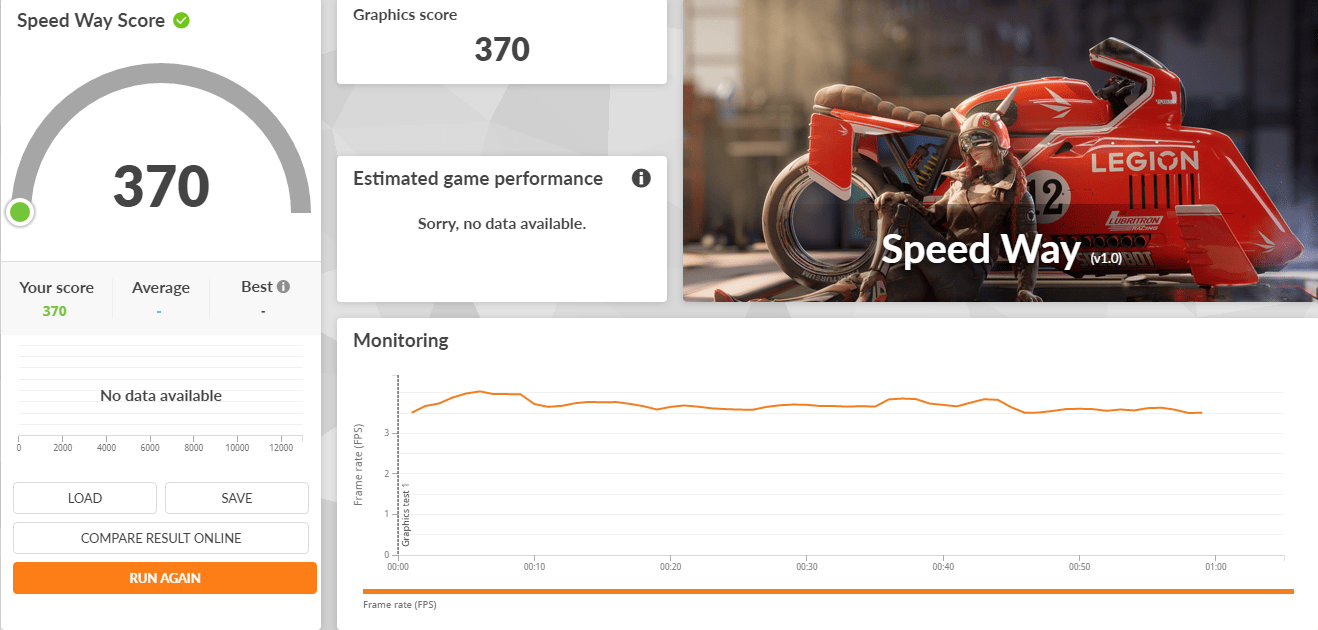
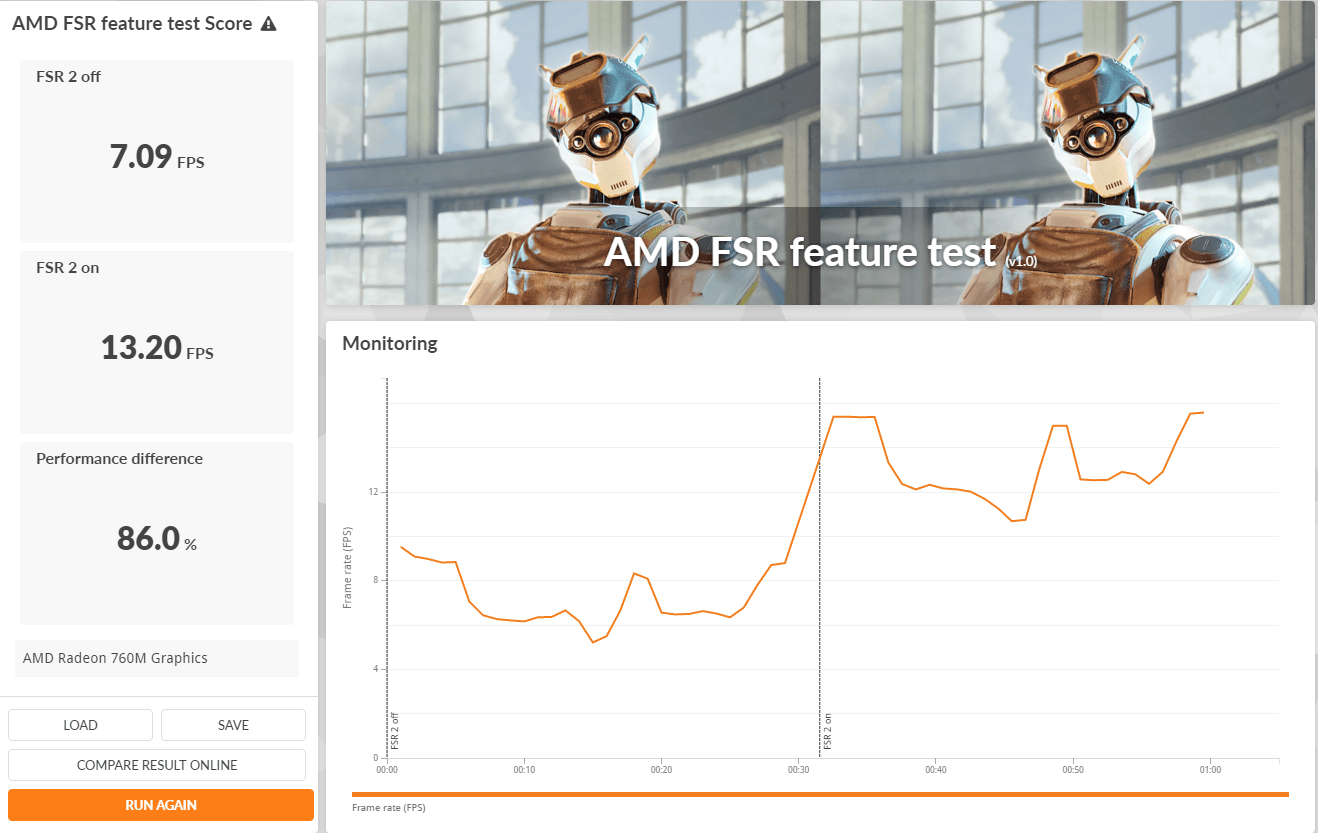
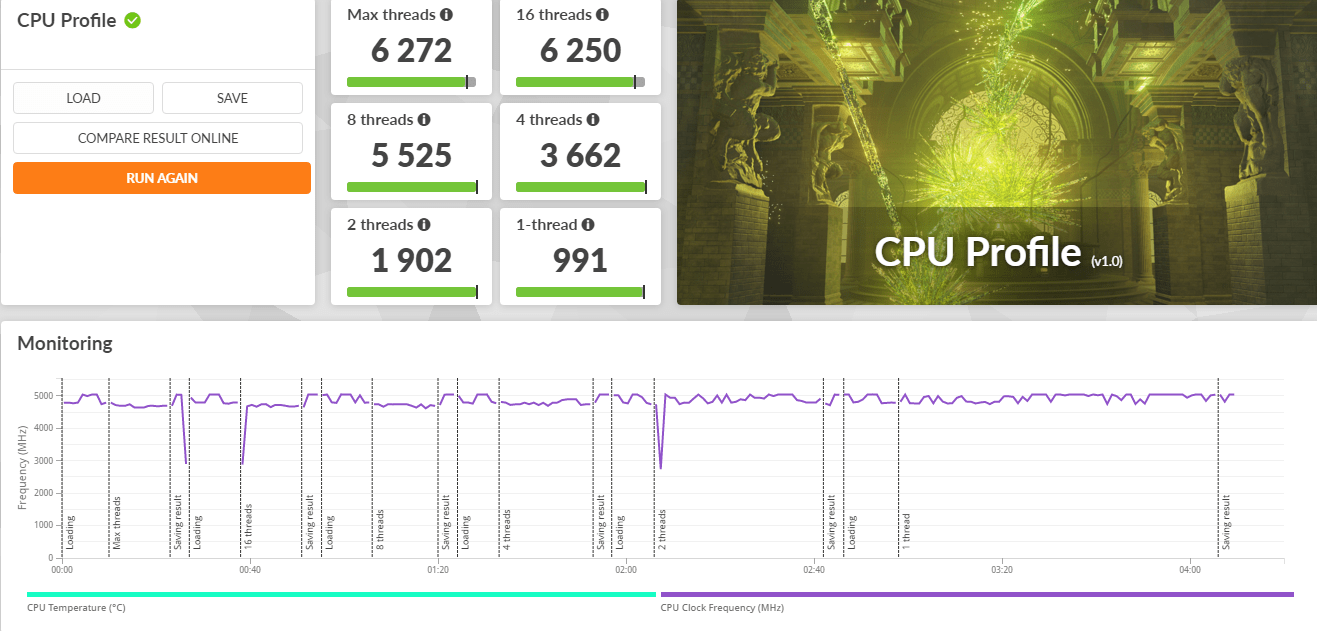
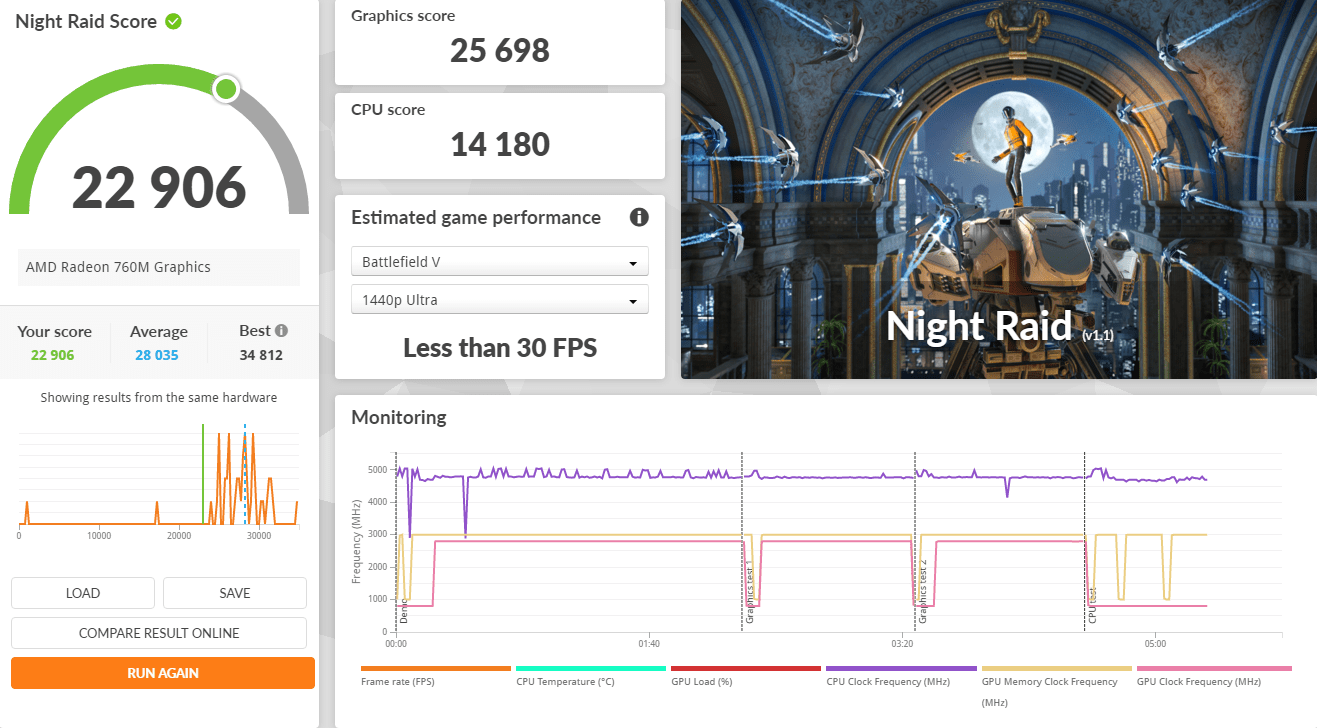

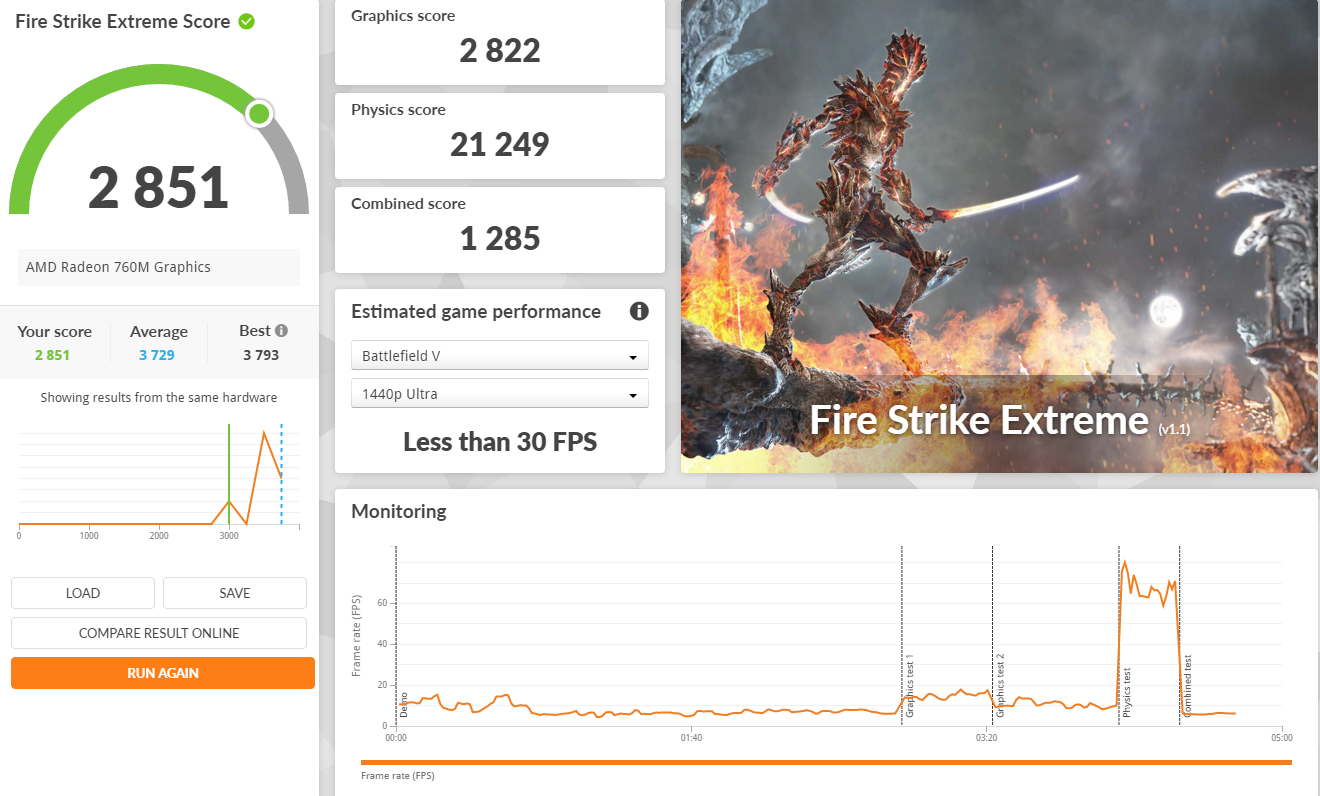
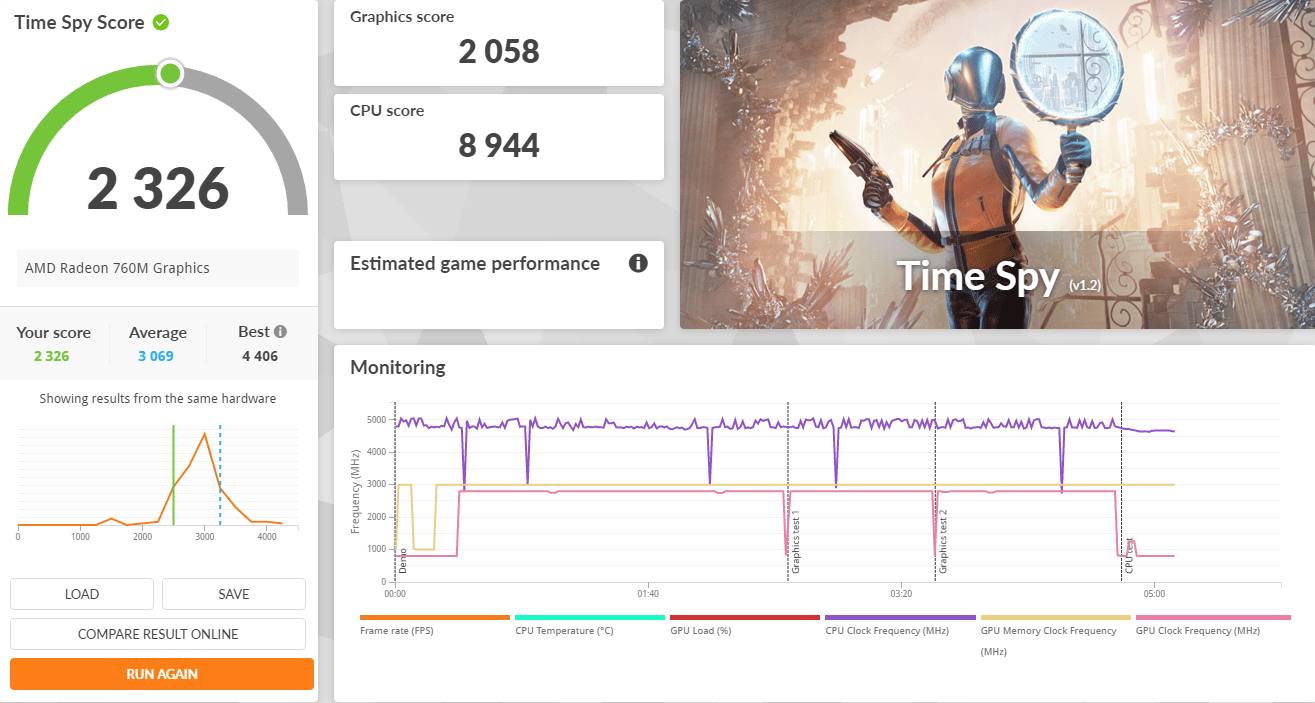
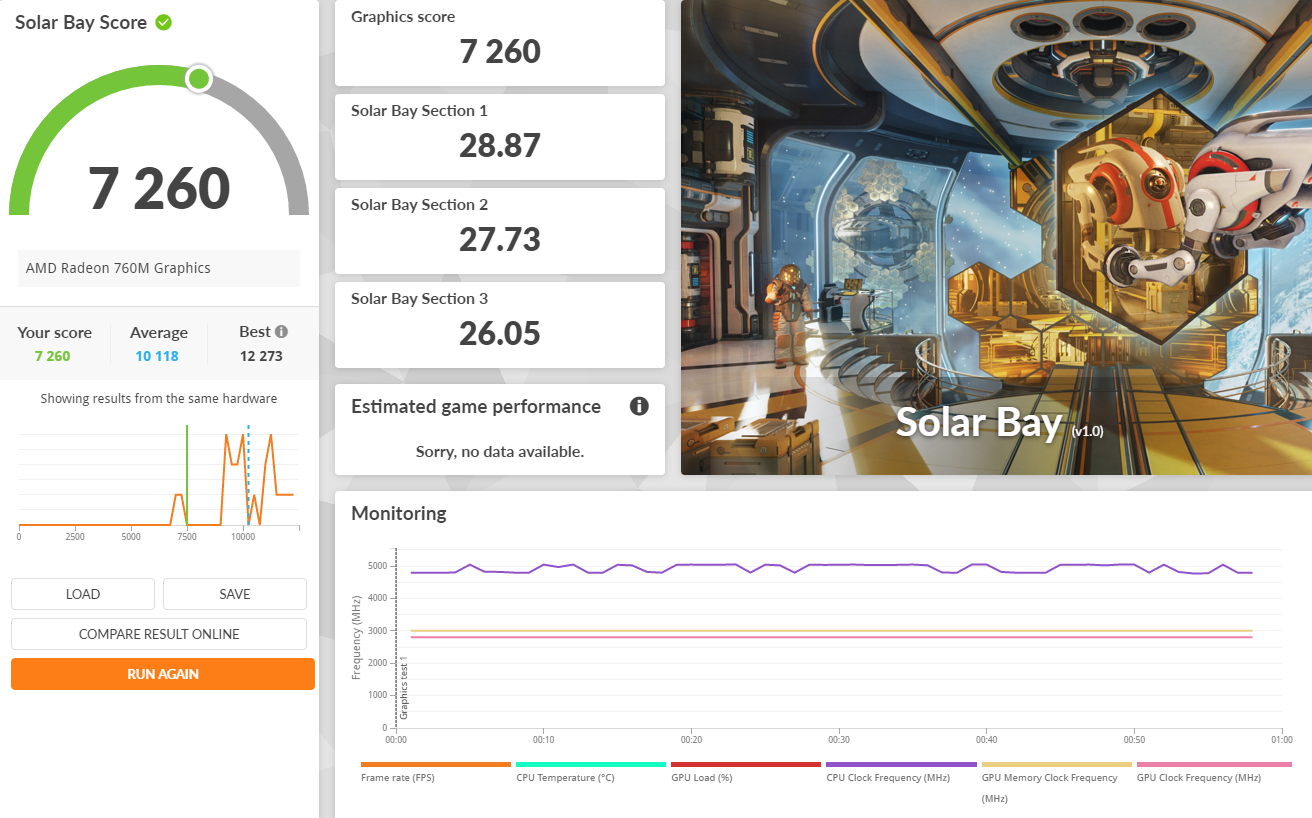
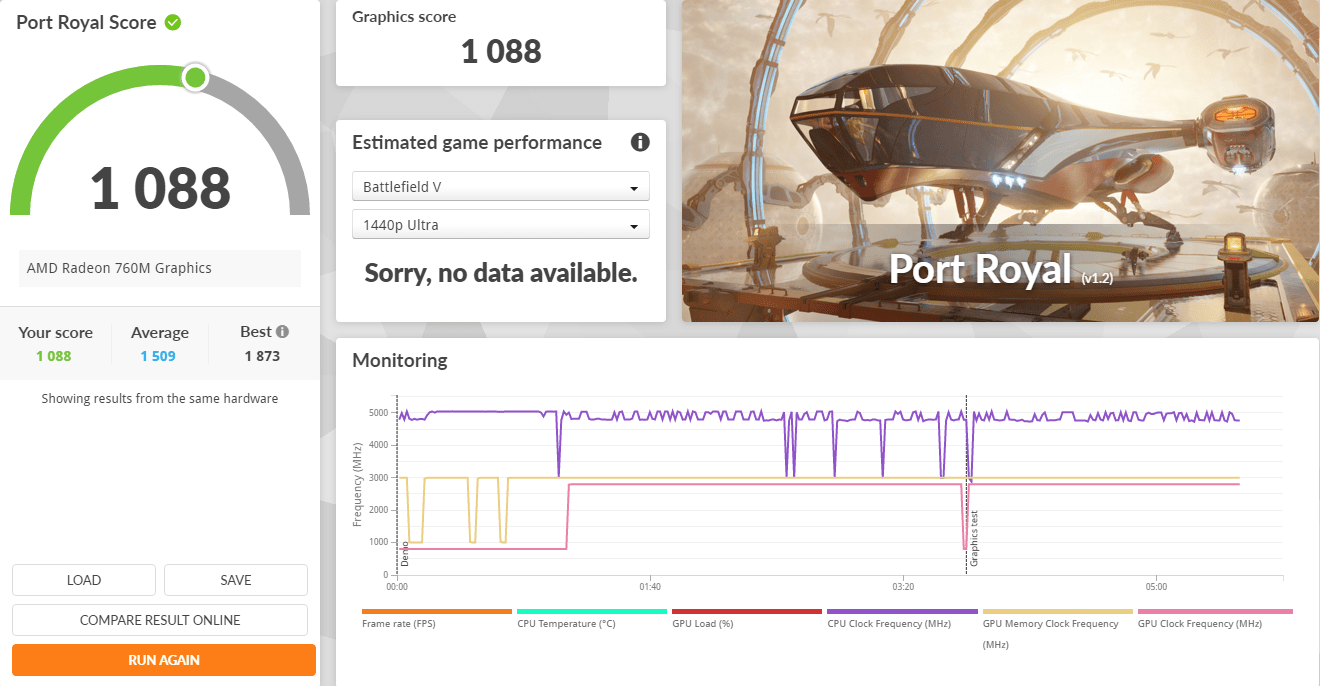
FarCry 6
Far Cry 6 supports ray tracing at launch, with the ability to enable DXR reflections and DXR shadows. But because DXR shadows are kind of pointless and not worth the performance hit, we haven’t tested with them enabled, but I have taken a look at DXR reflections, so we’ll look at that shortly using supported hardware.
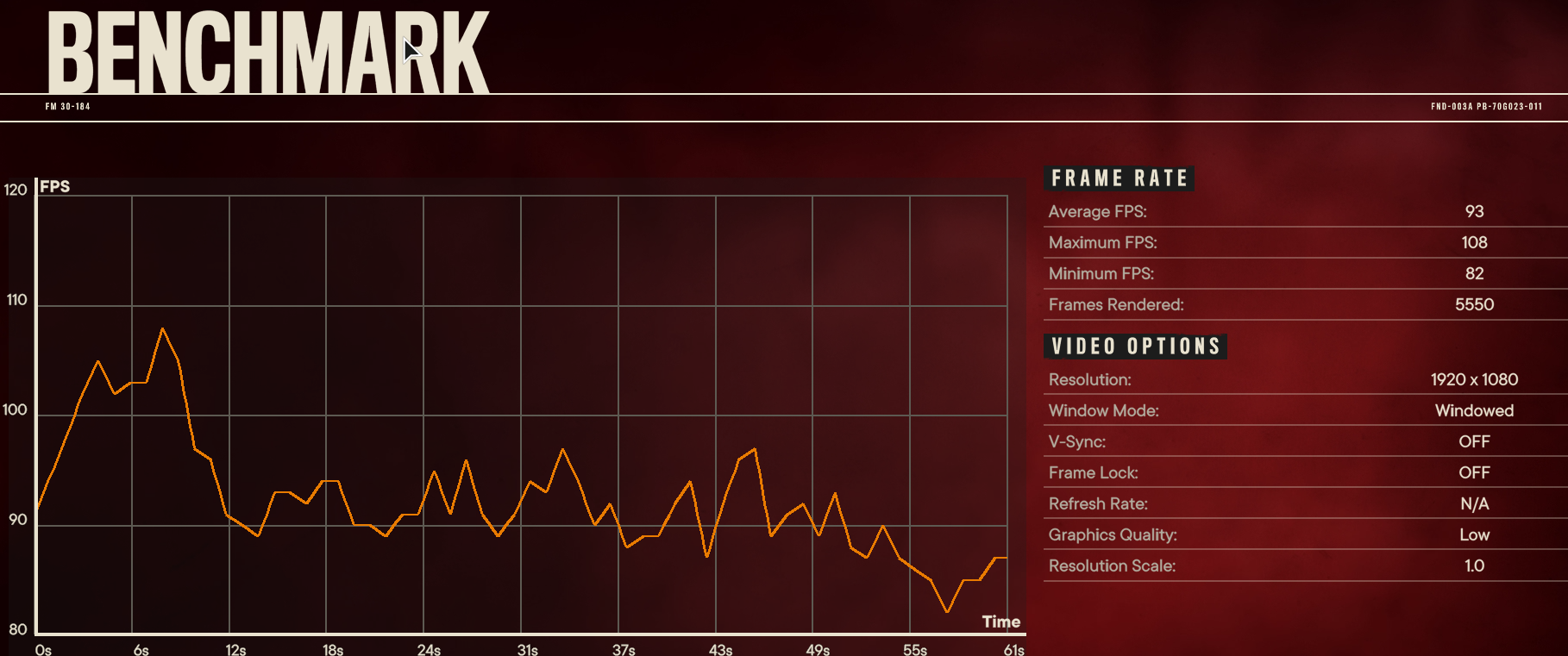
Ghost Recon Breakpoint
Ghost Recon Breakpoint is a military shooter set in a diverse, hostile, and mysterious open world that you can play entirely solo or in four-player co-op.
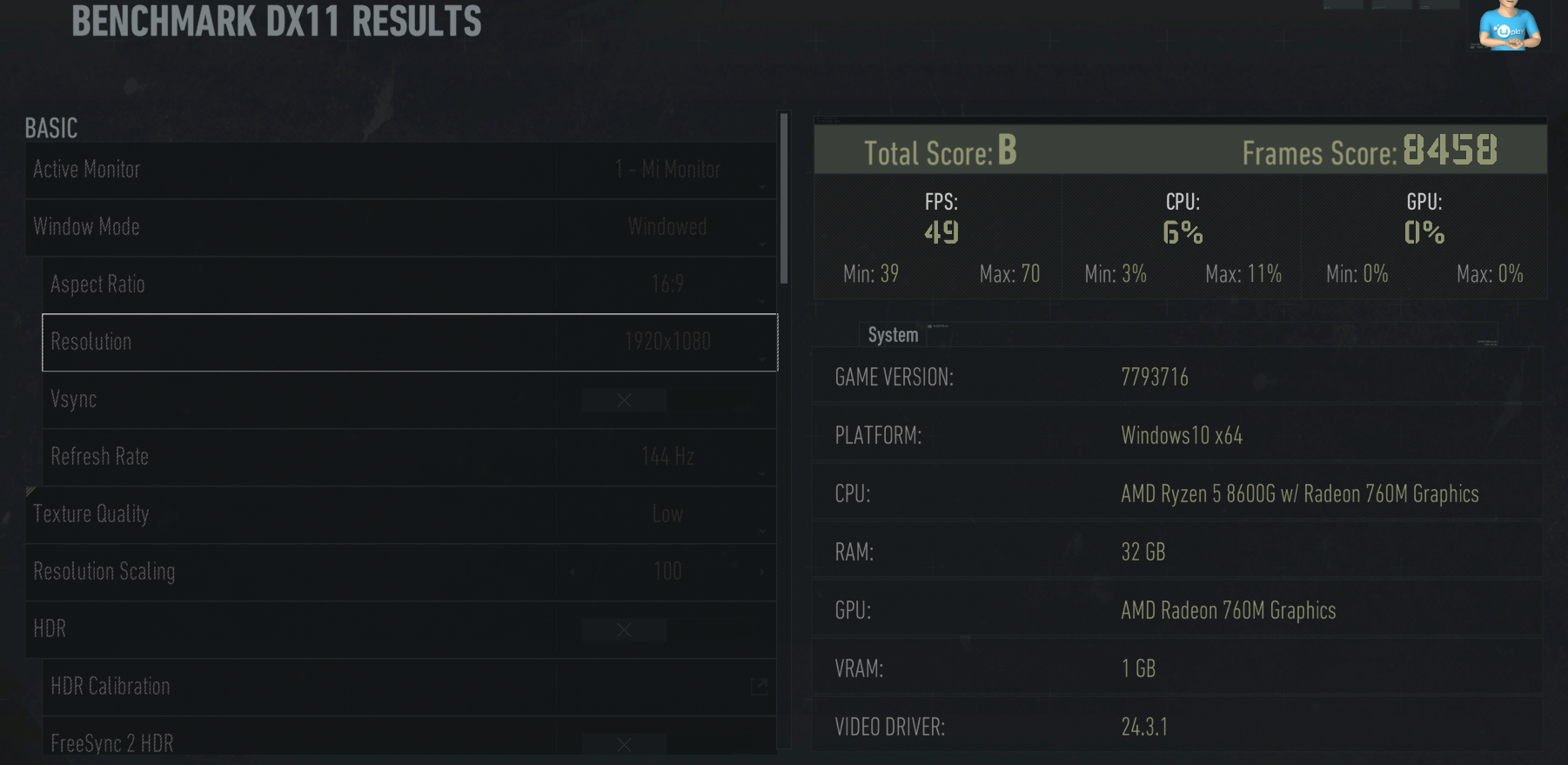
AnTuTu Benchmark
AnTuTu Benchmark is a benchmarking tool for Windows, that lets you check the performance of your device.
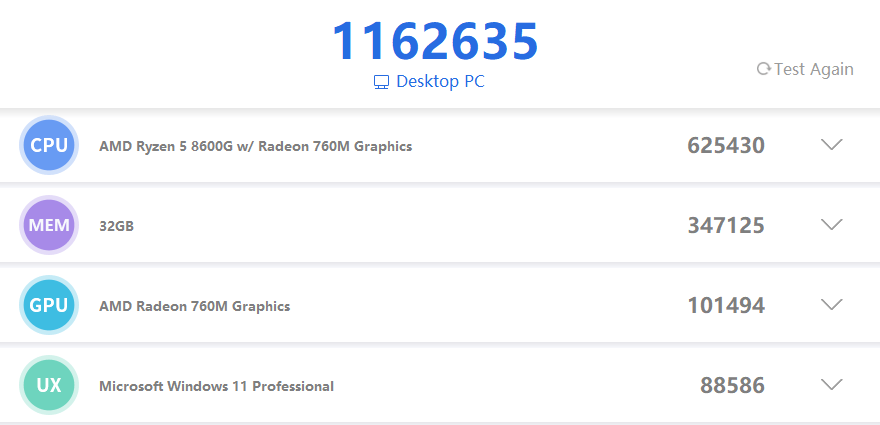
System Full Stress Test: 5 Minutes
